
Ferry Ijmuiden – New Castle 1st Aug 2015

Ferry Ijmuiden – New Castle 1st Aug 2015

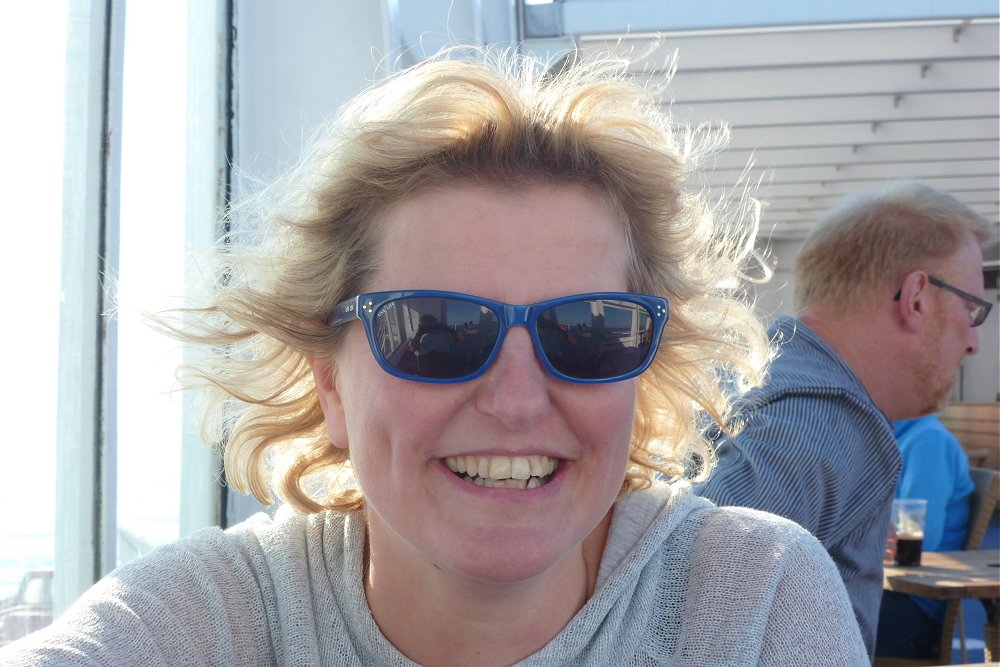
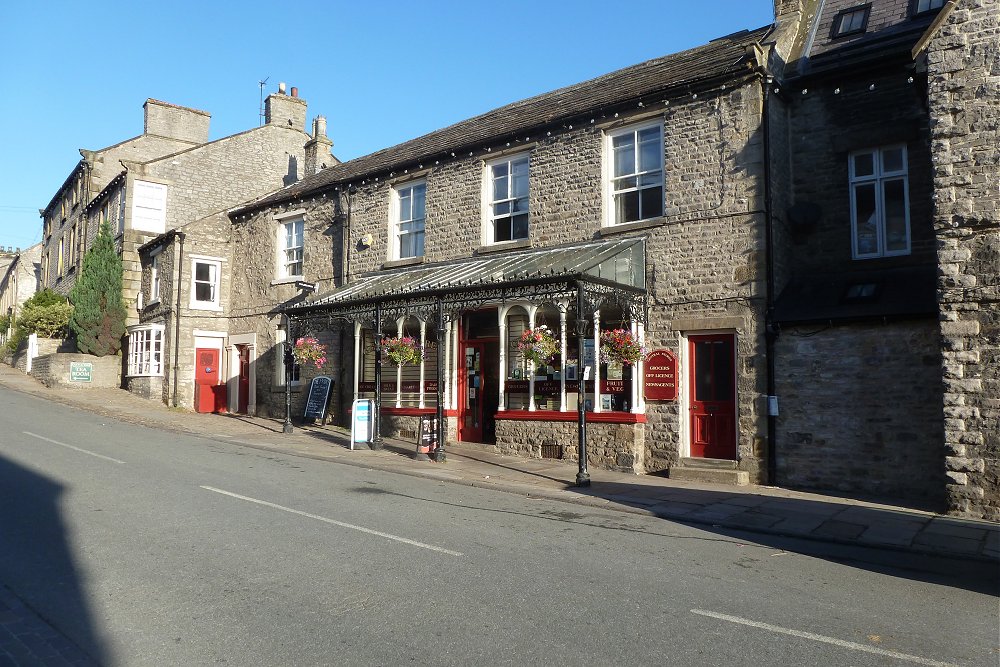
Grocery shop Middleham
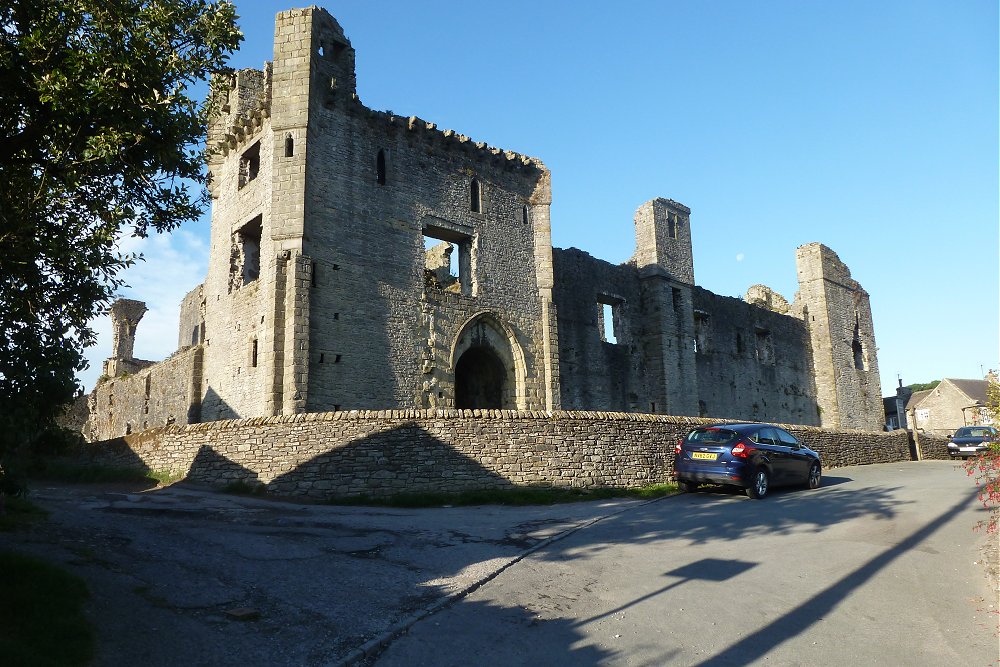
Middleham Castle
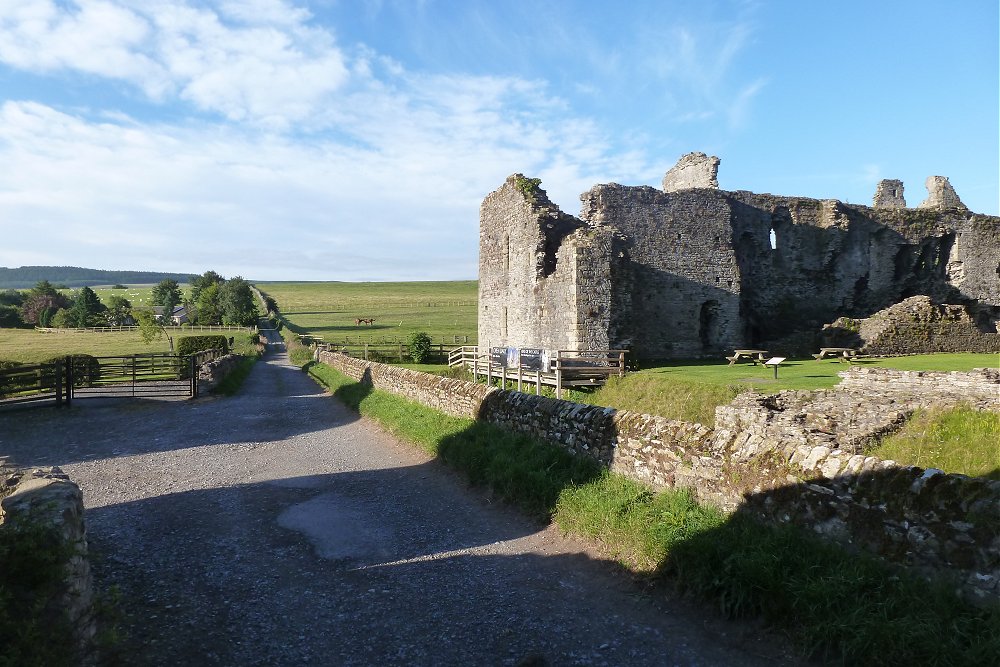
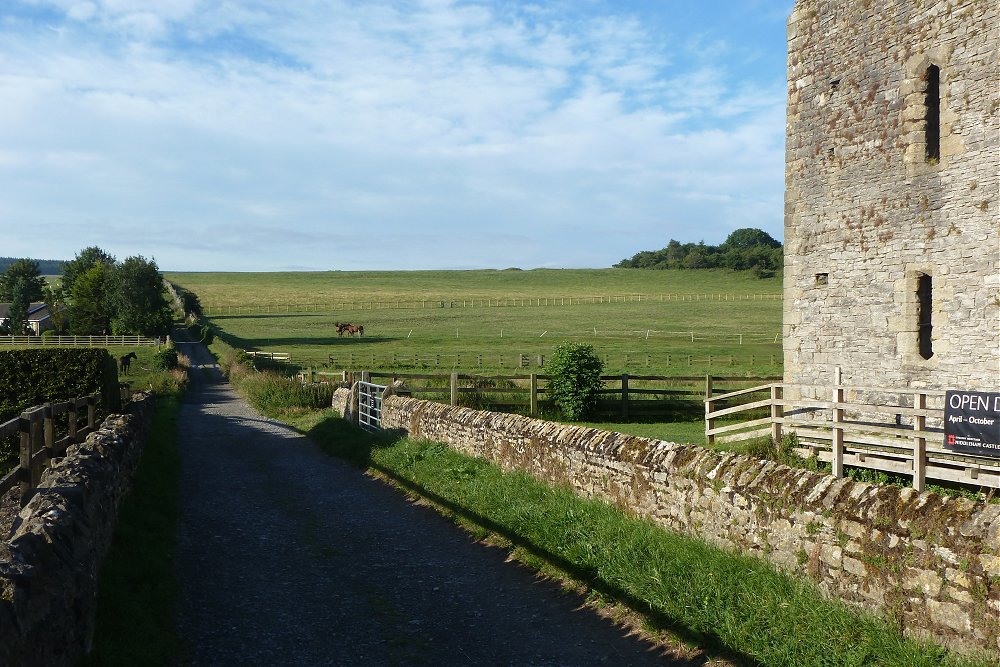
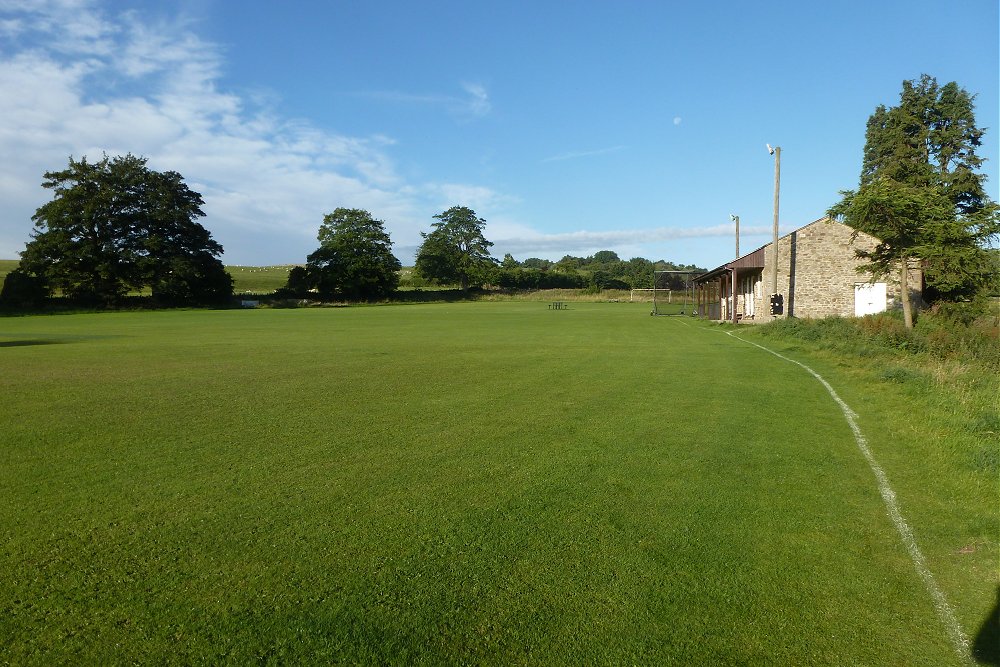
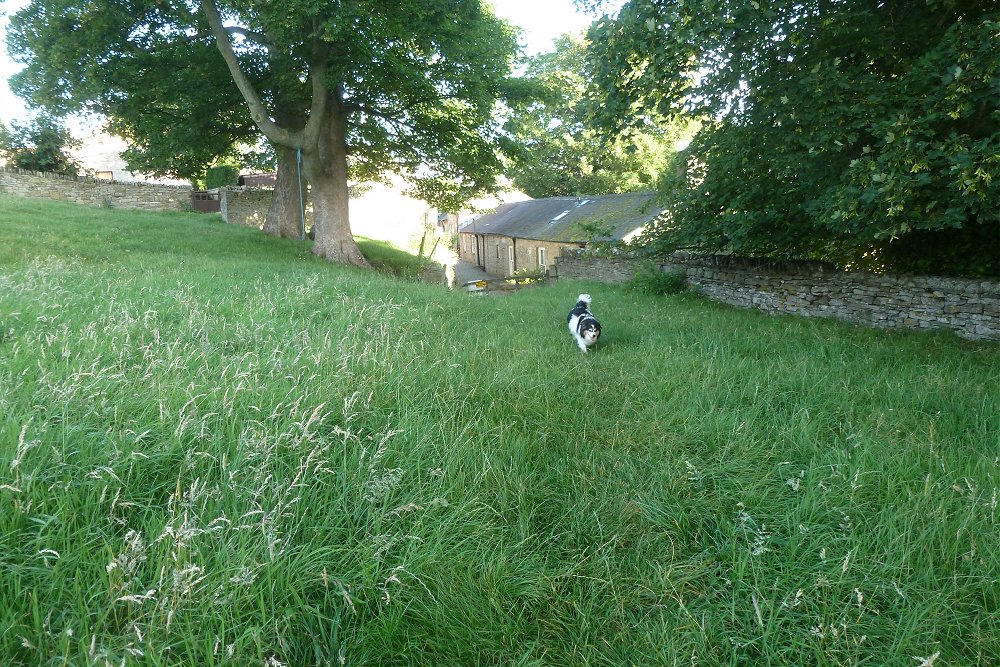
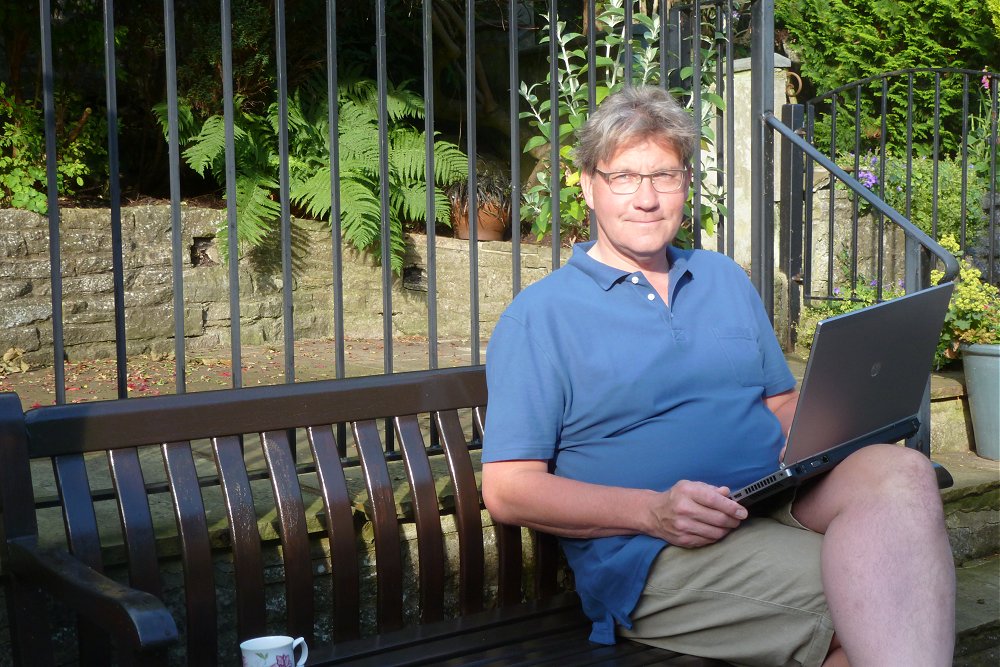
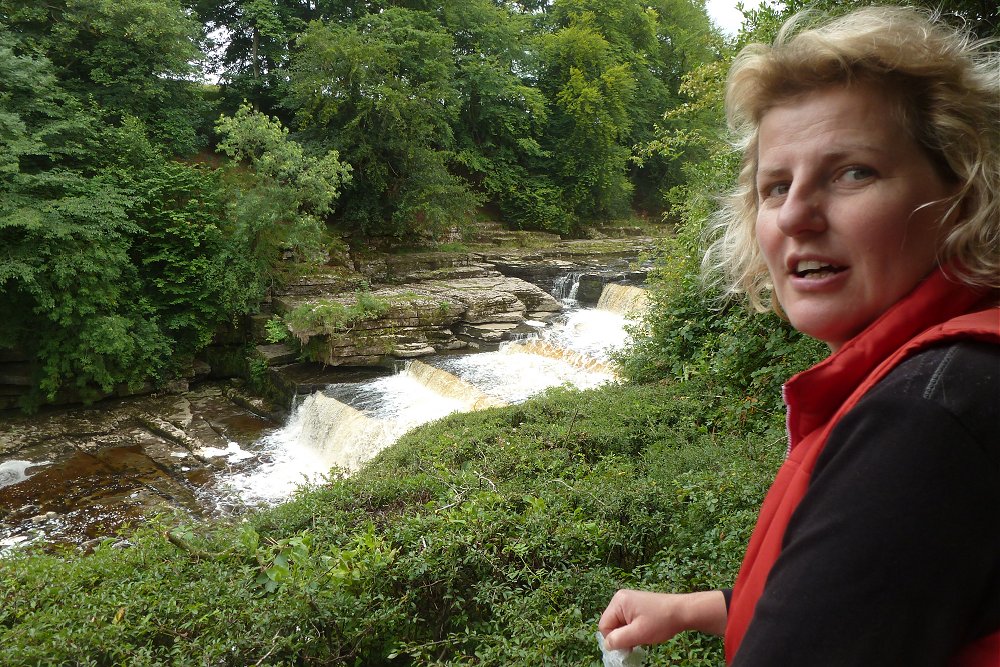
Aysgarth

Turner
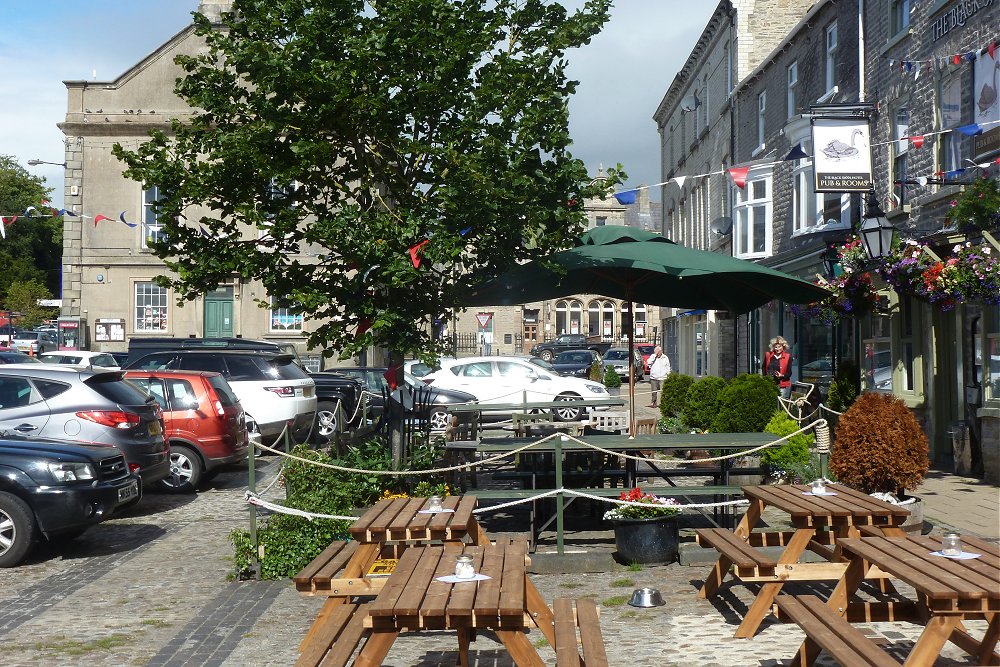
Leyburn
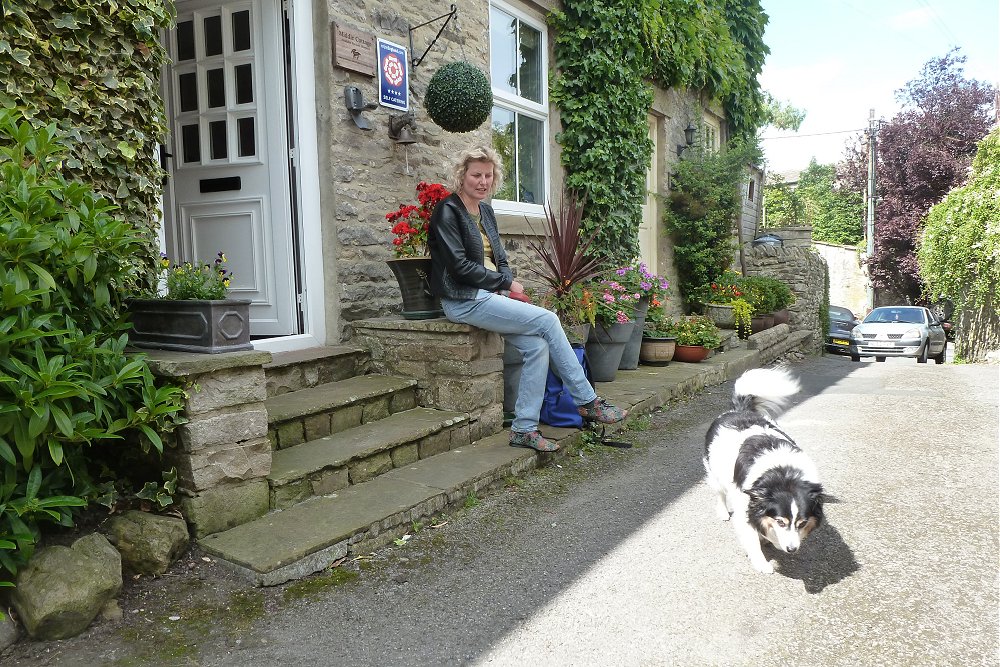
Middle Cottage
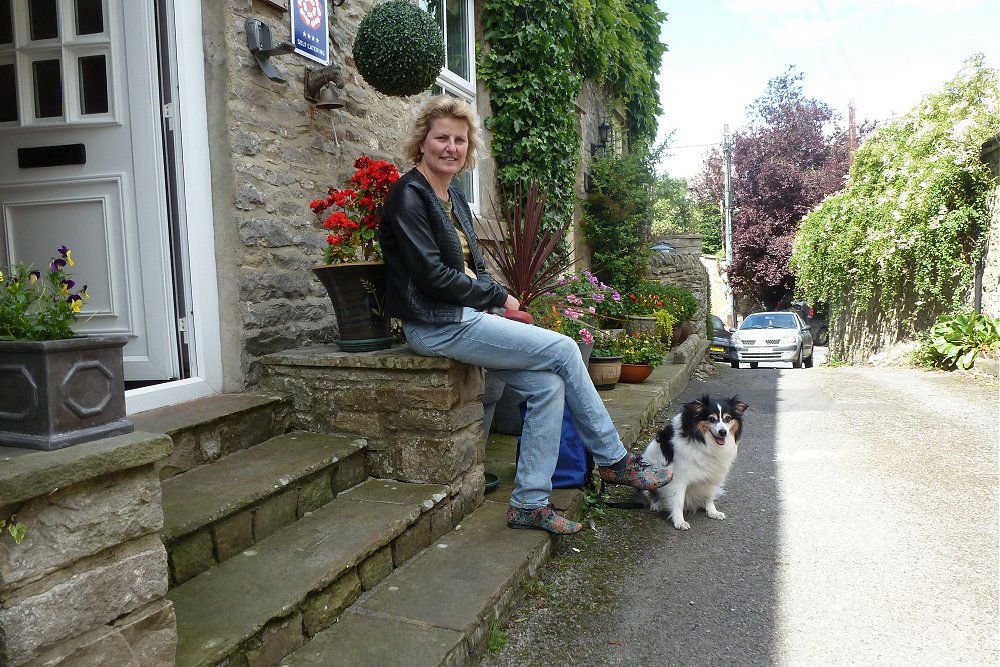
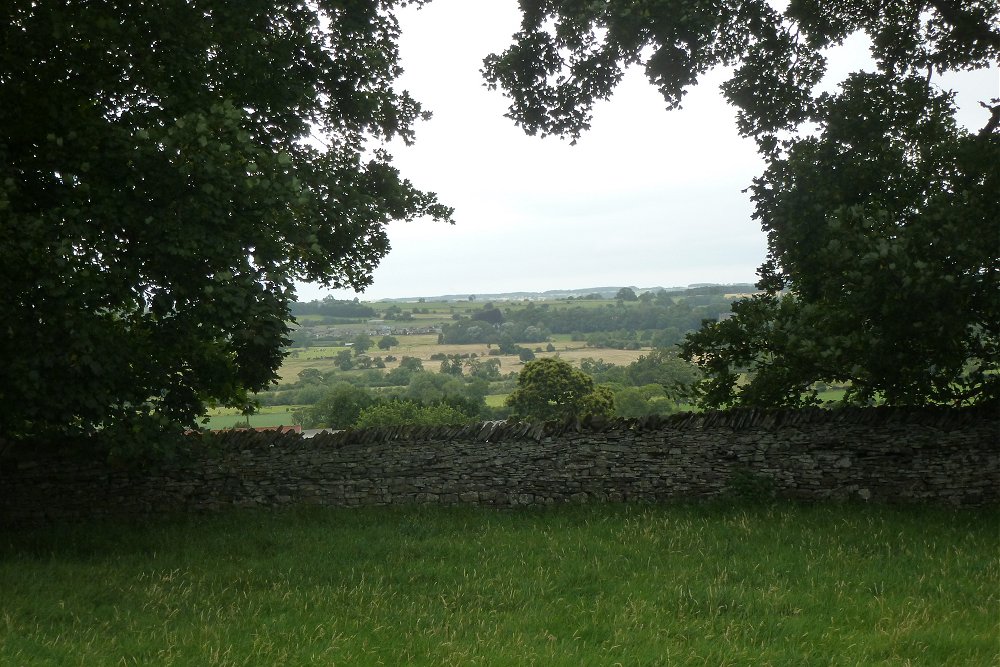
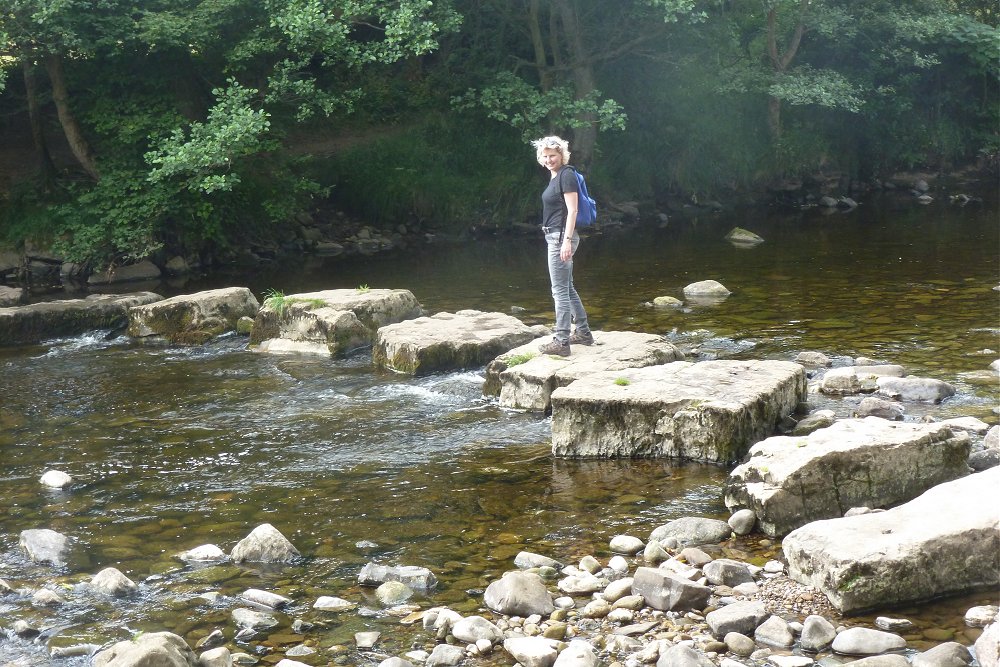
Stepping Stones in the river Cover
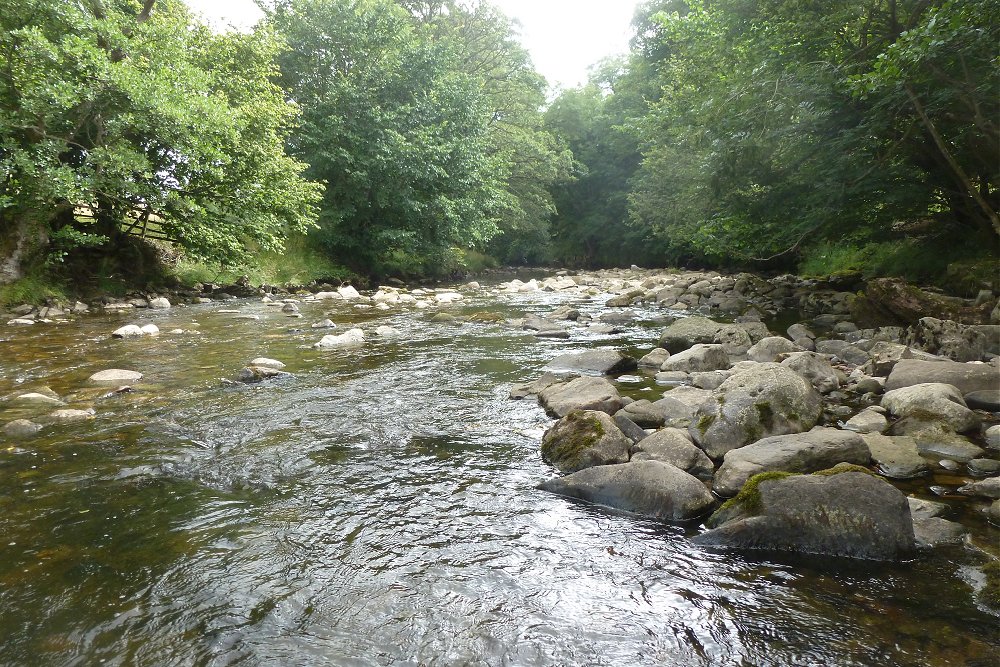
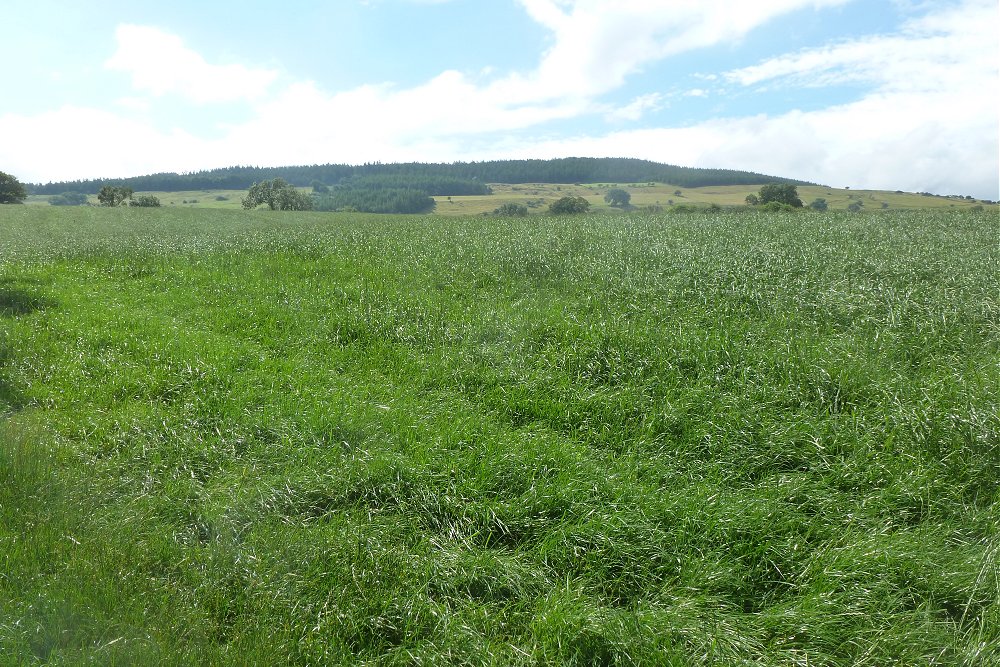
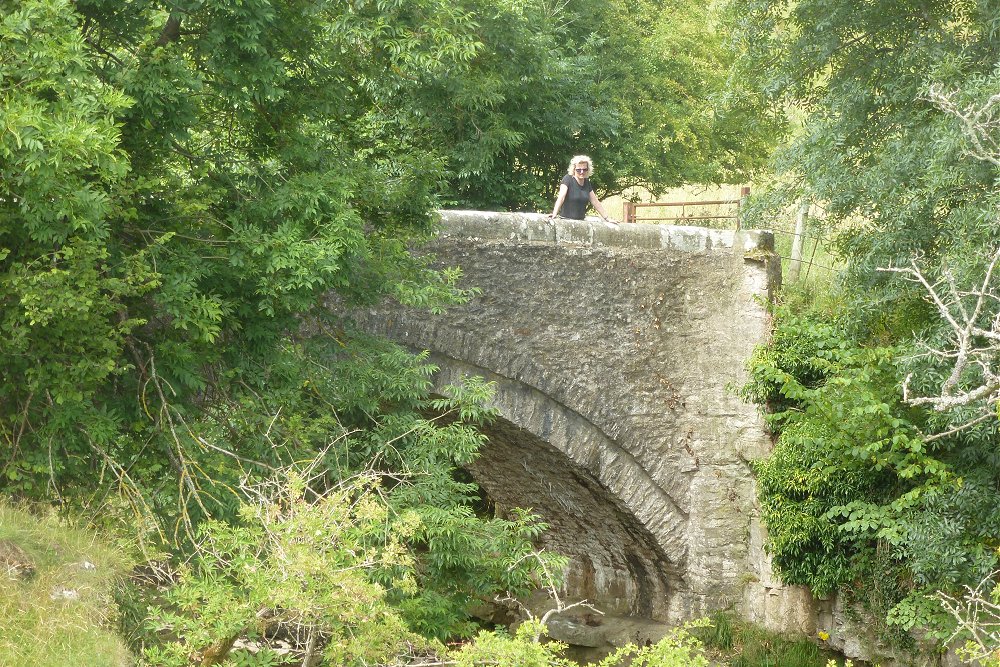
Hullo Bridge river Cover
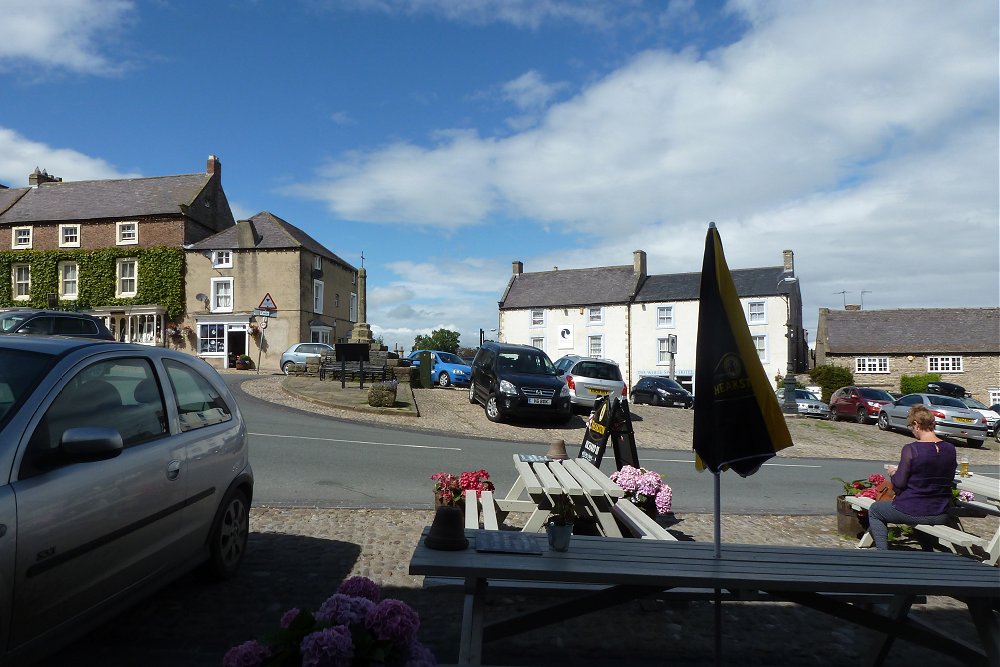
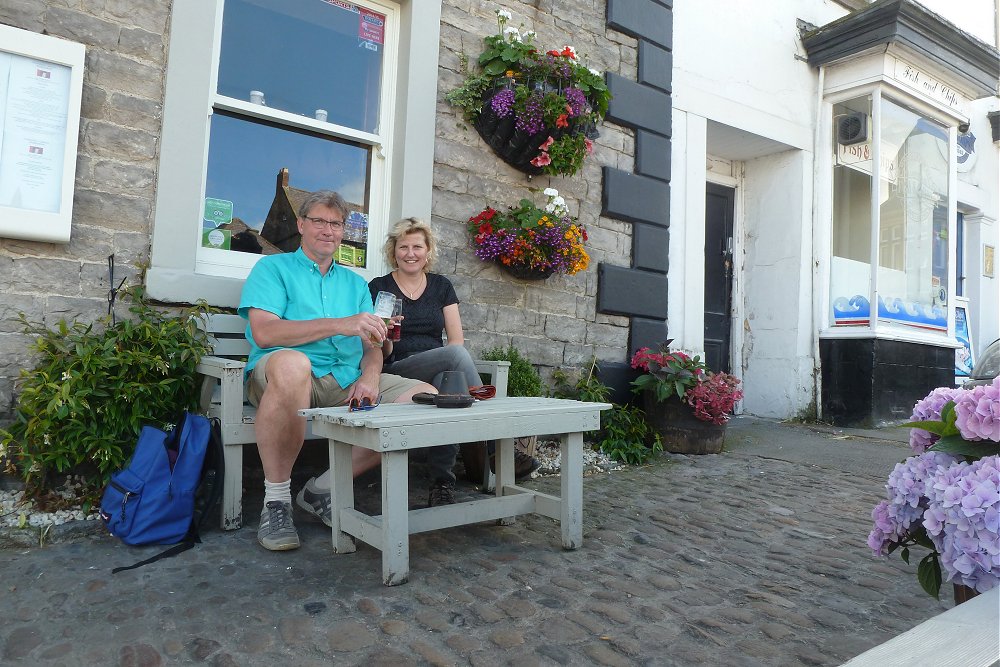
Richard III pub, Middleham
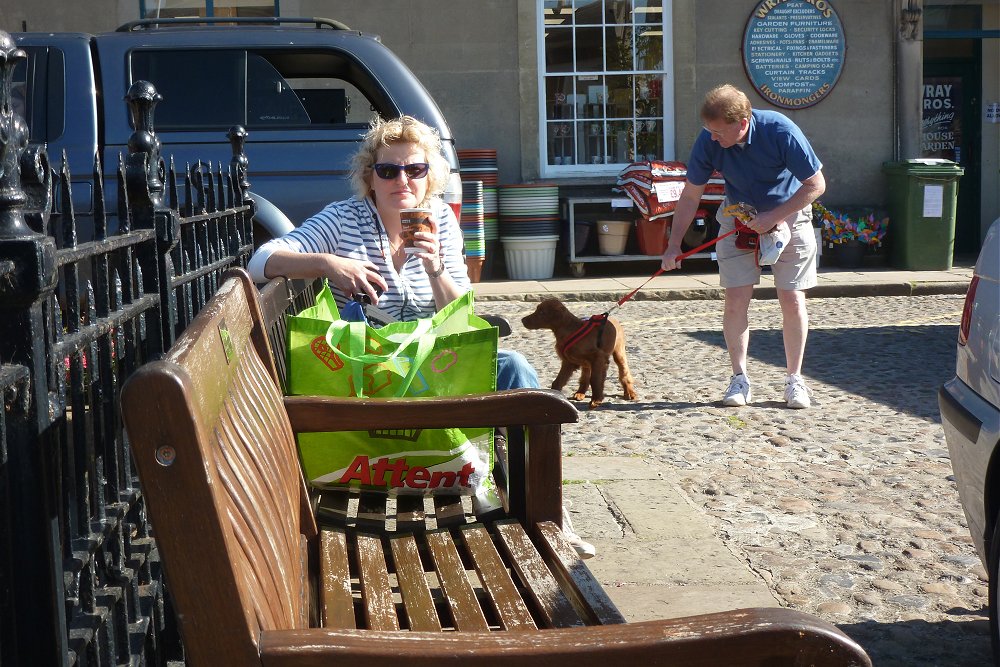
Morning coffee in Leyburn

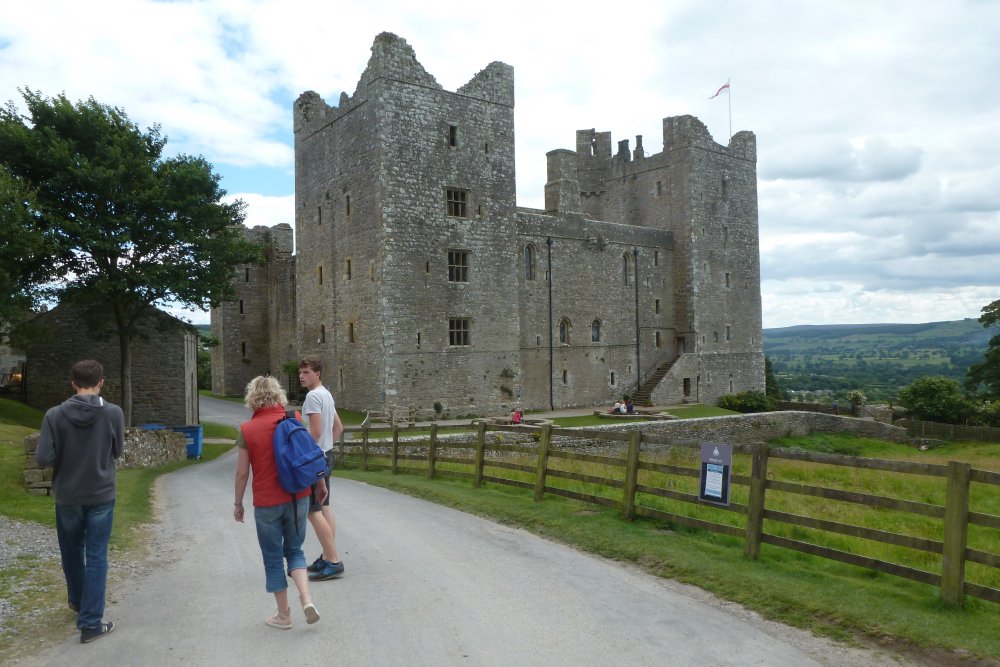
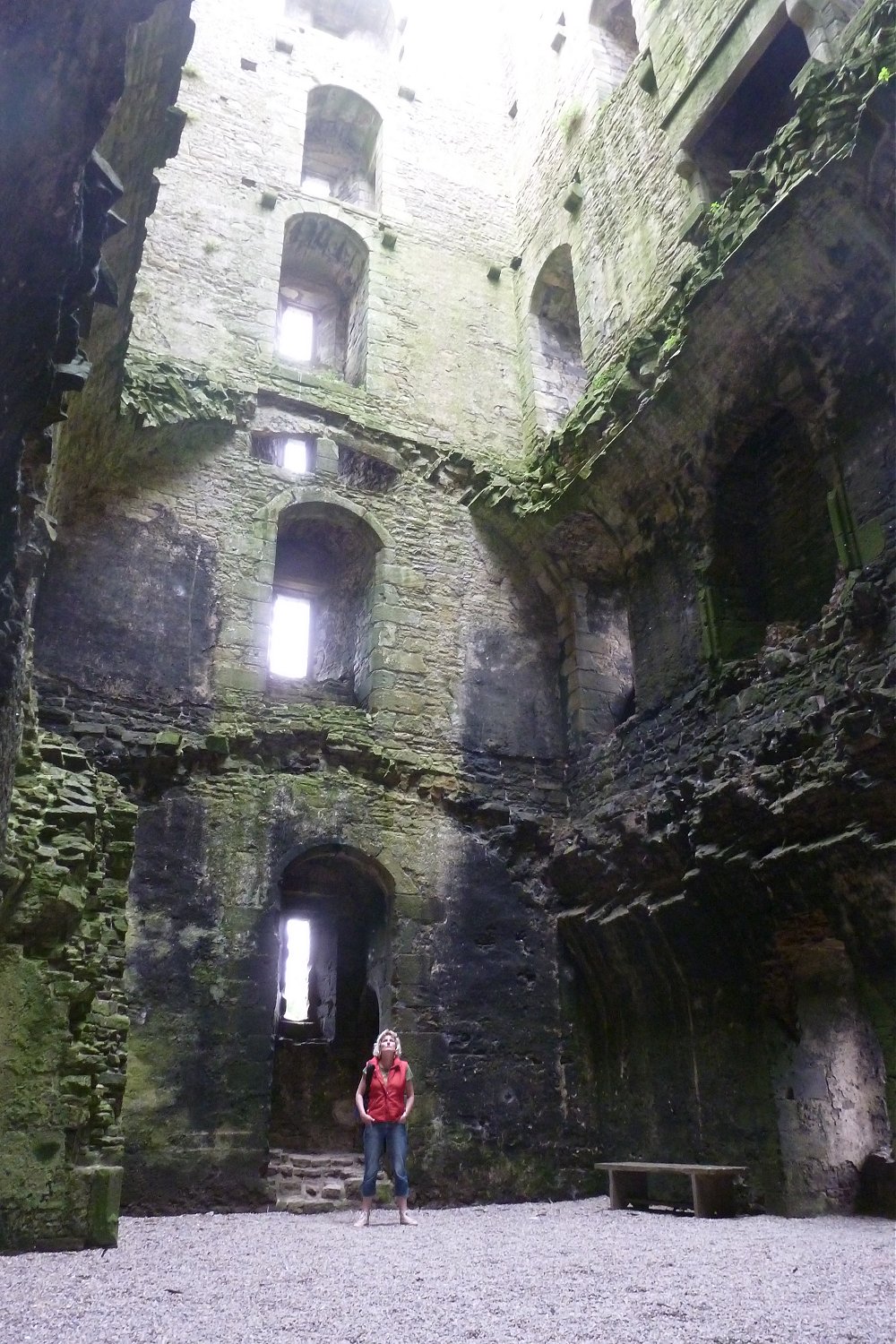
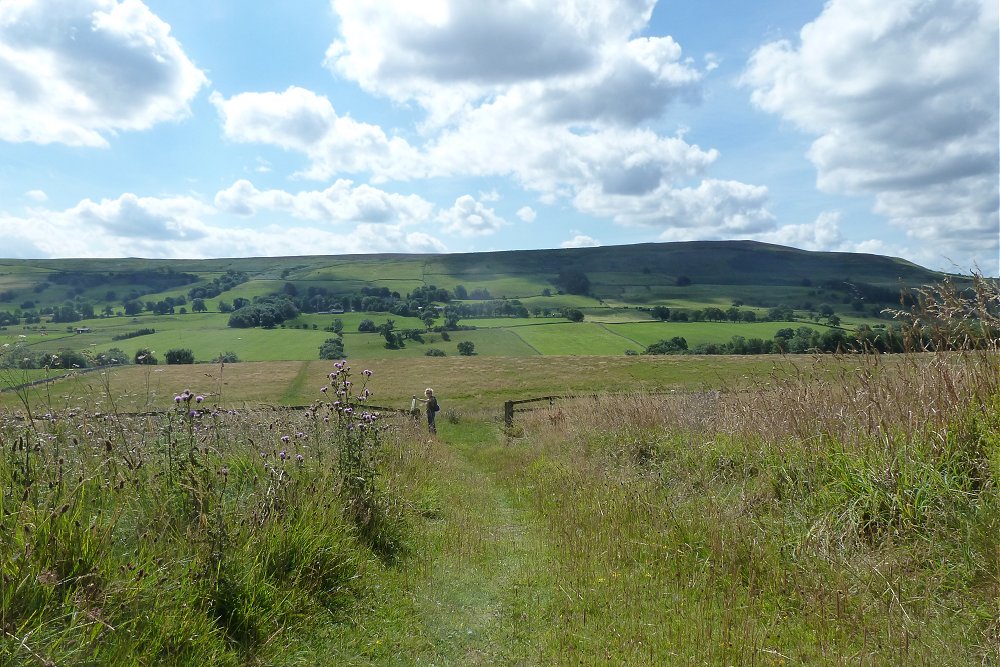
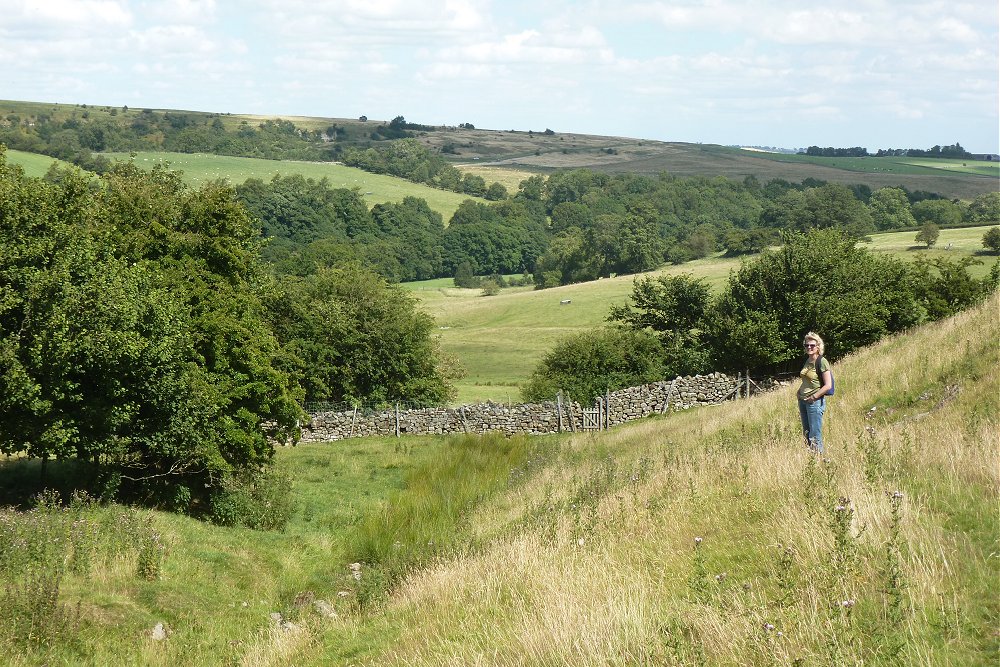
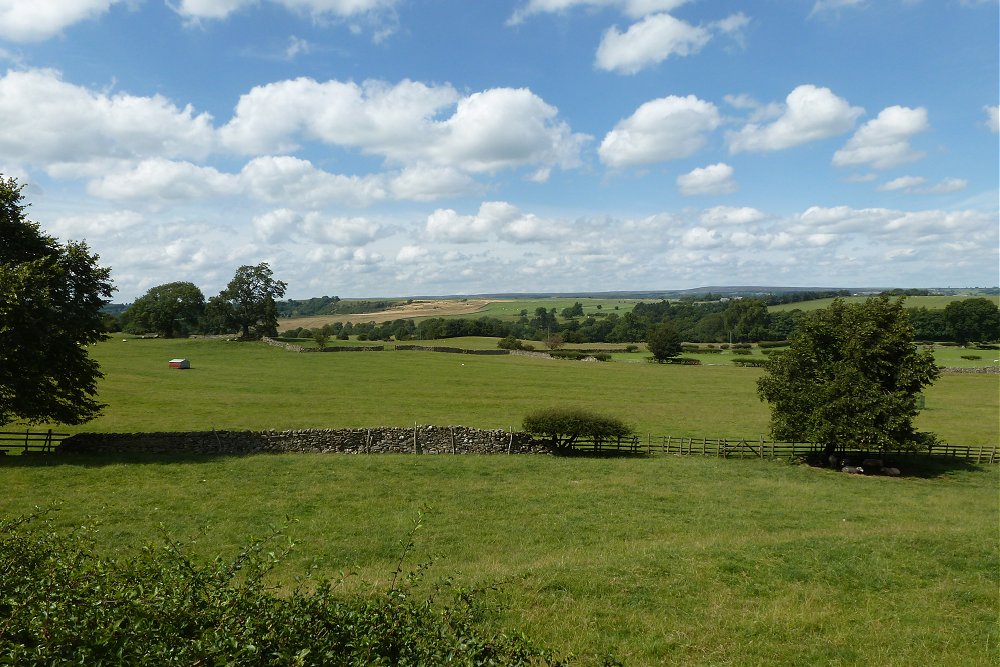
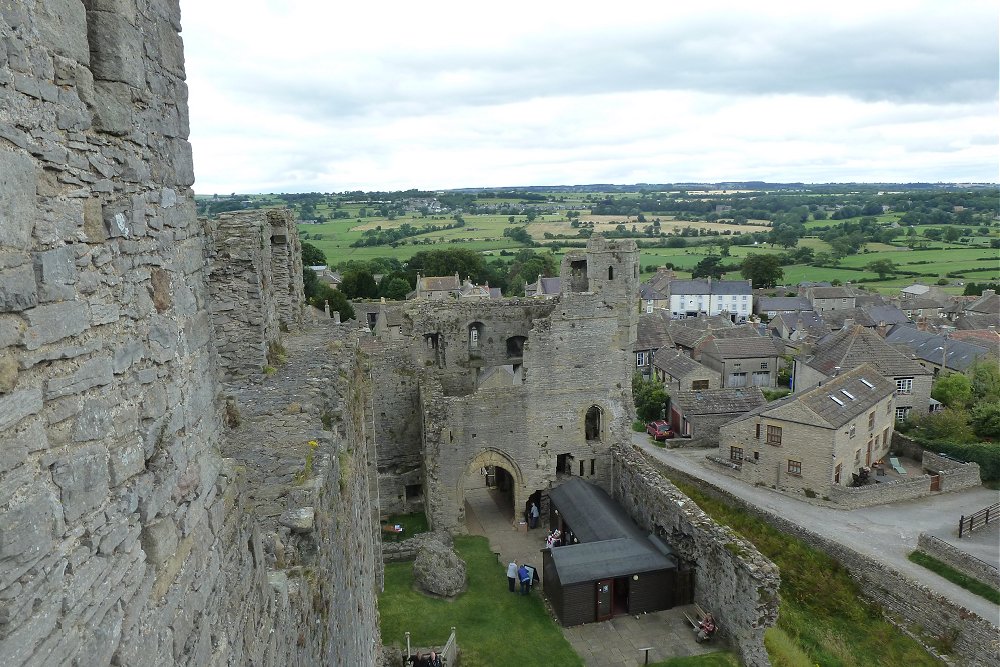
Middleham Castle
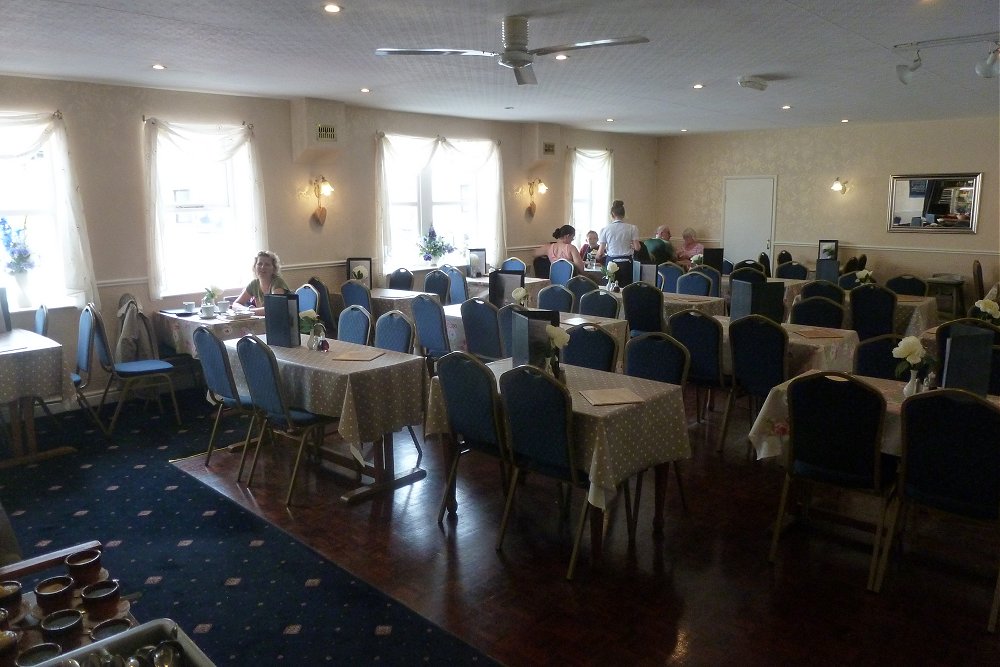
Hawes and the Wensleydale creamery on a rainy day
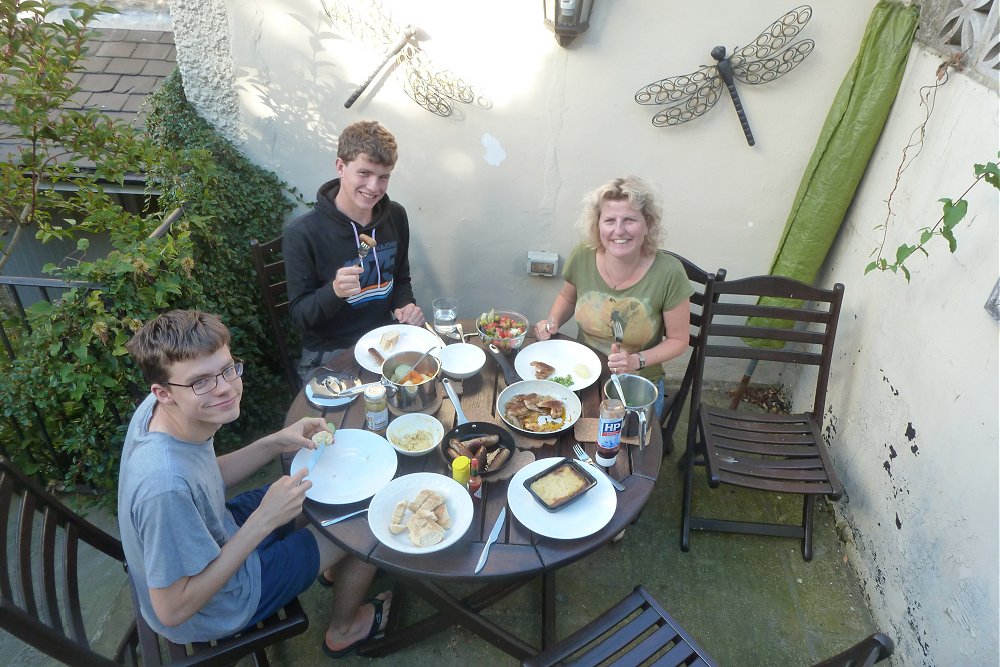
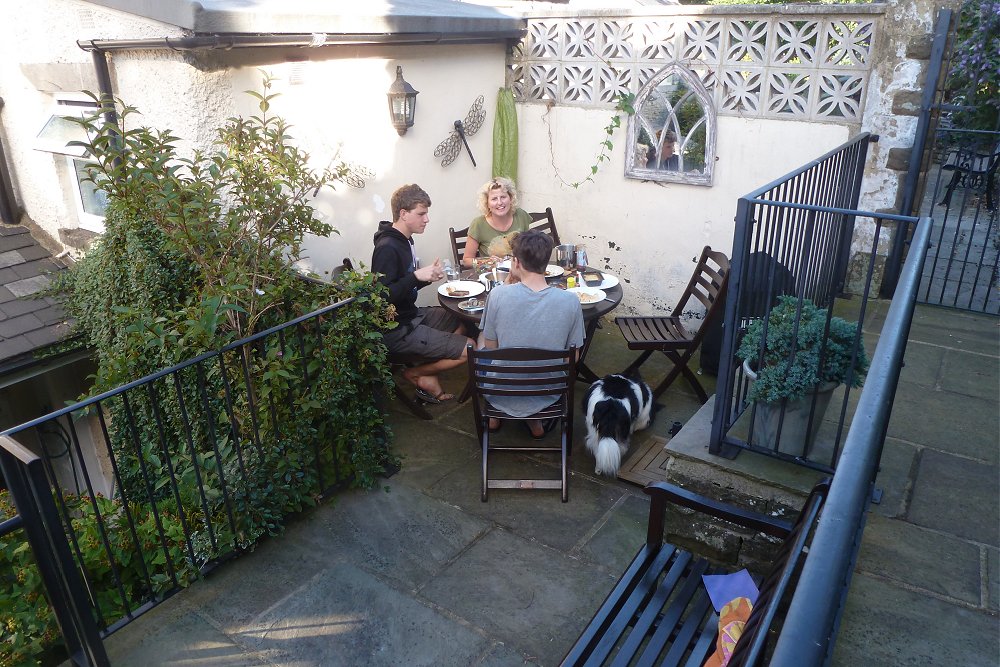
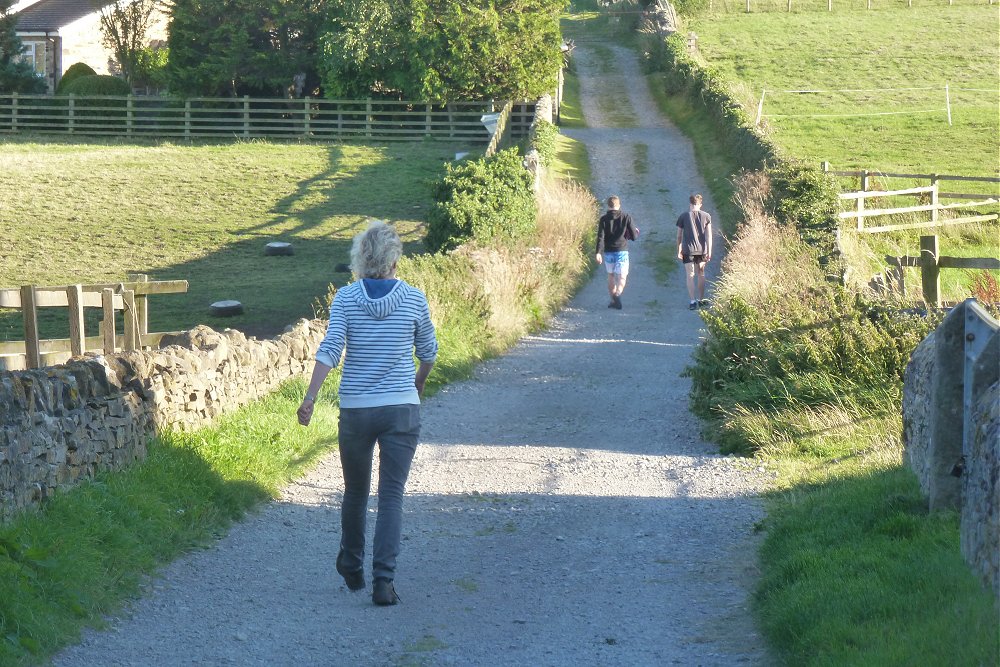
An evening walk to Cover Banks
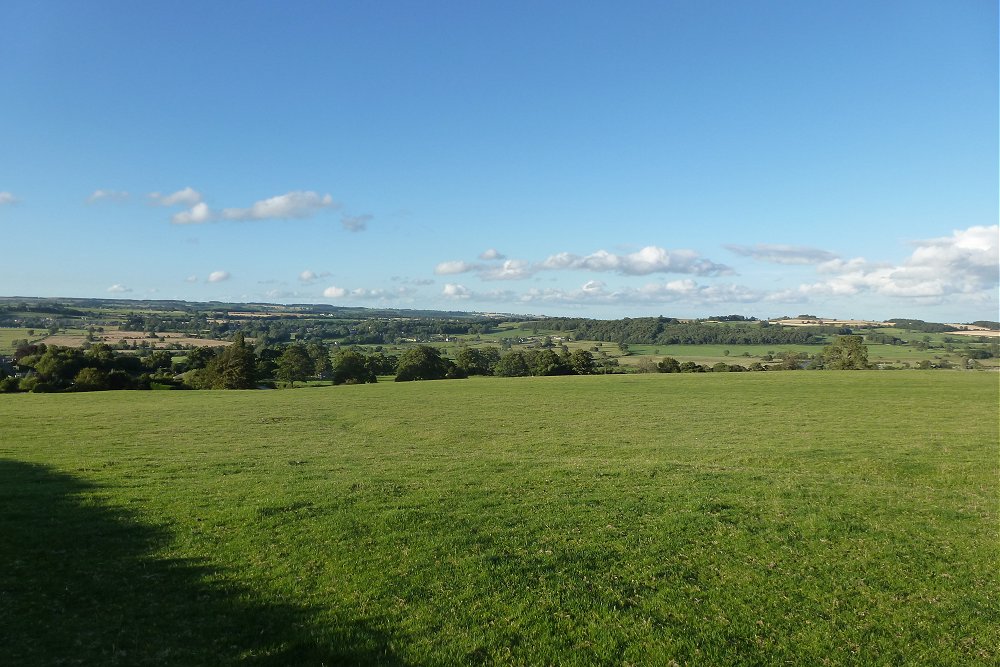
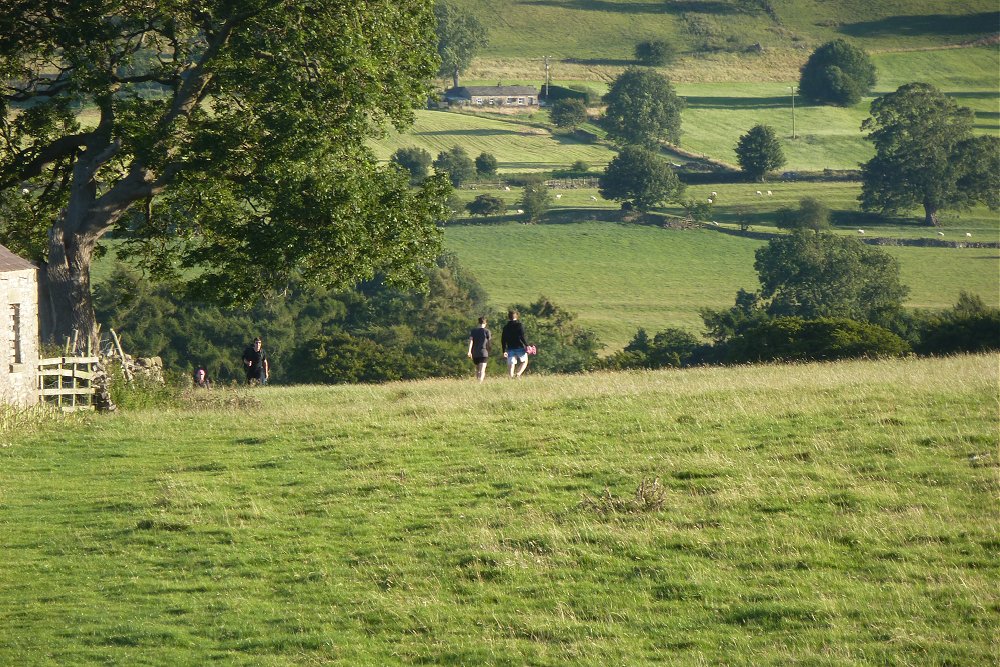
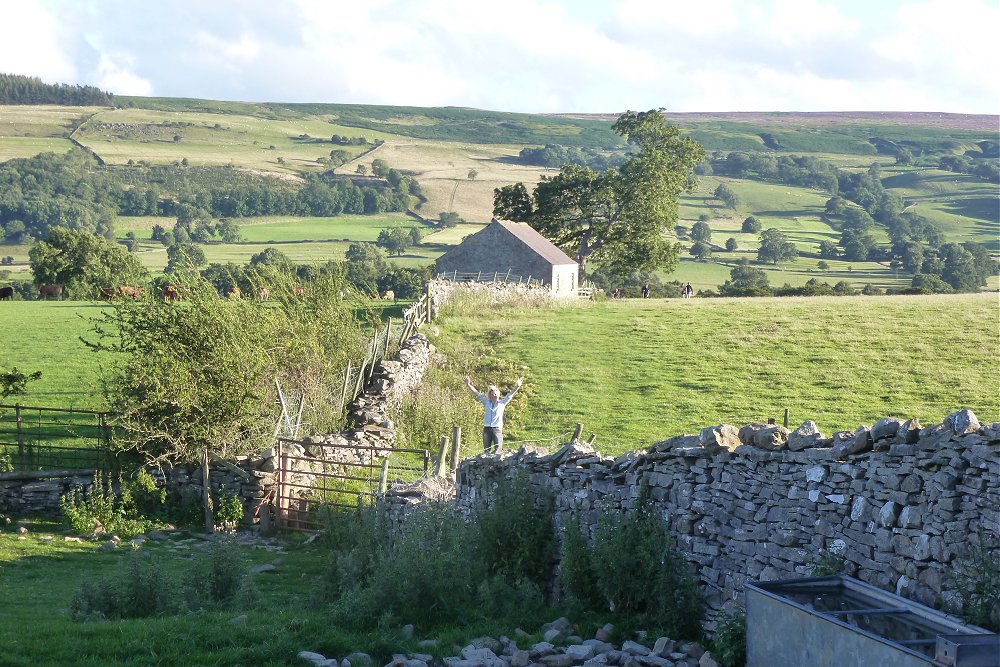
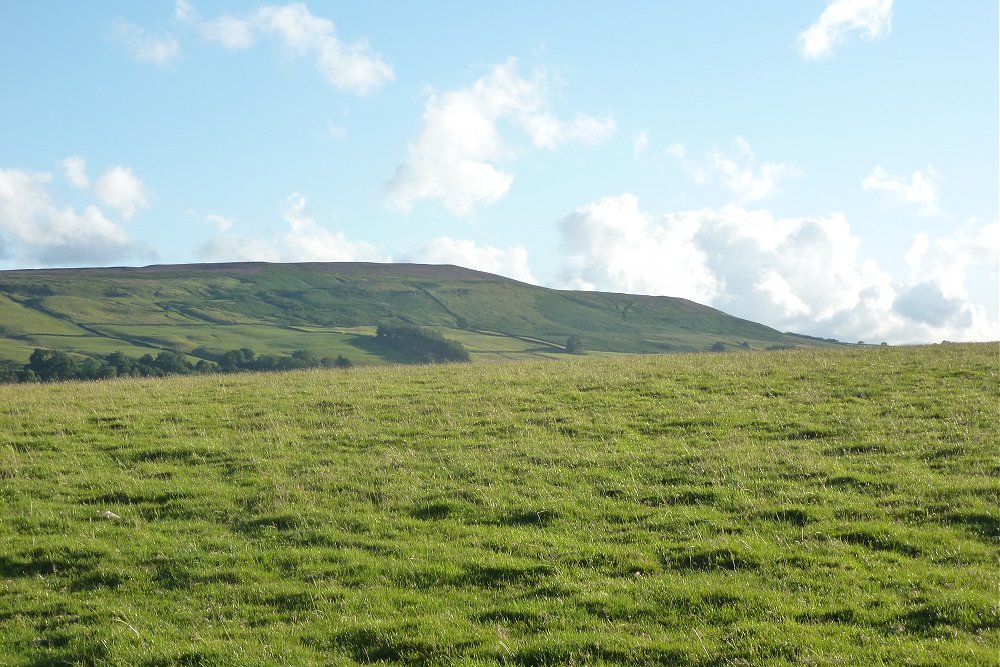
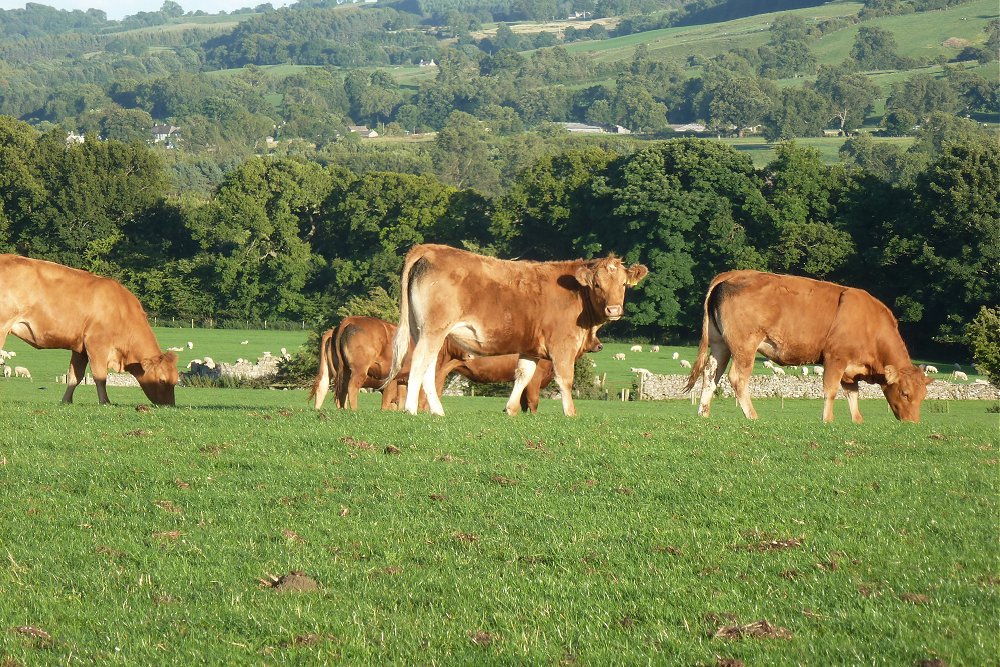
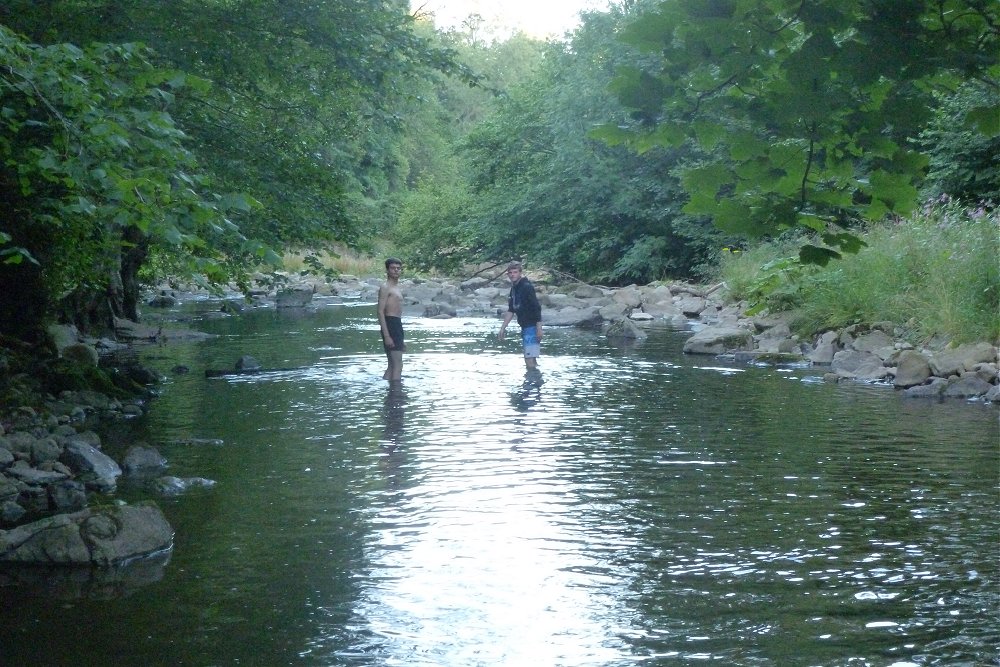
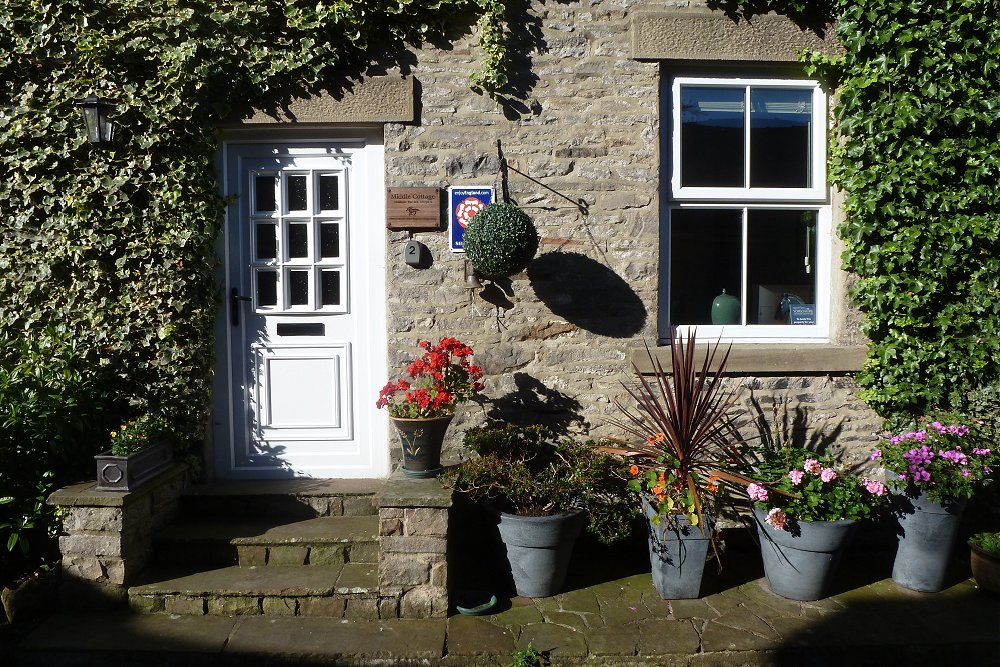
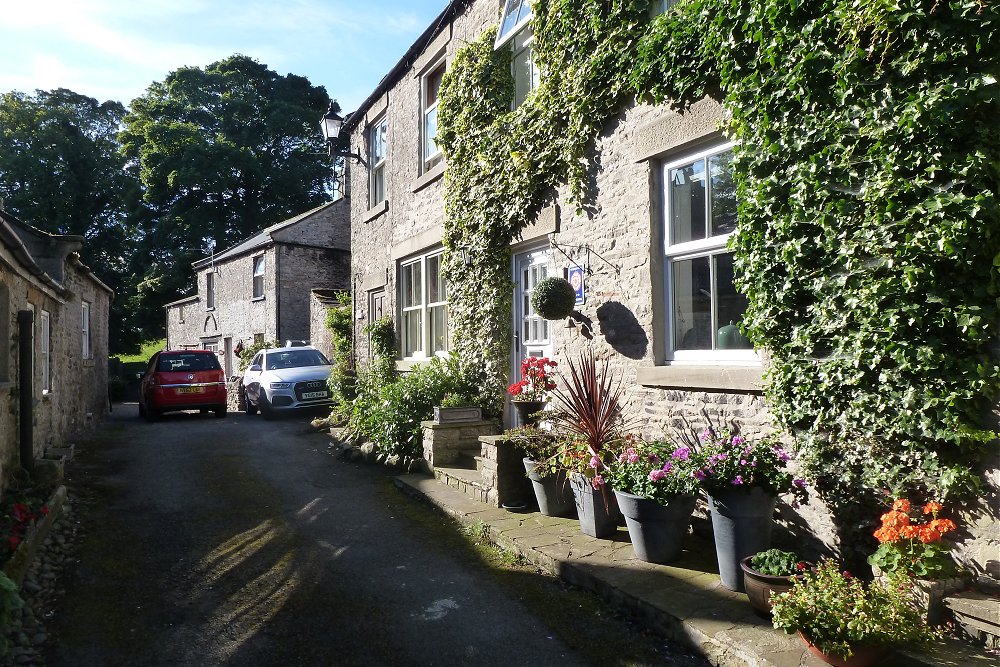
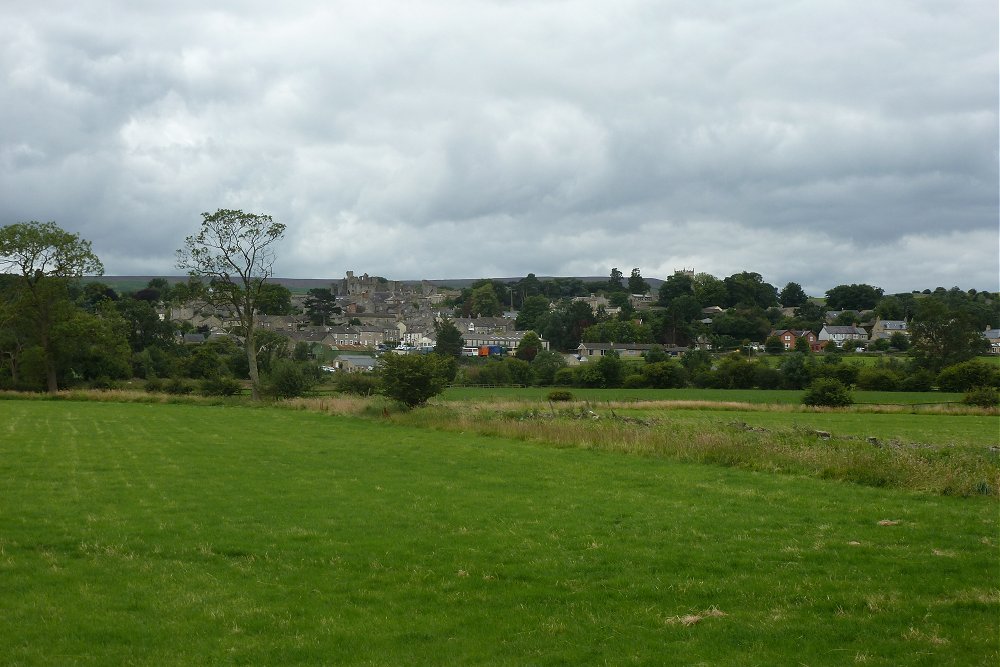
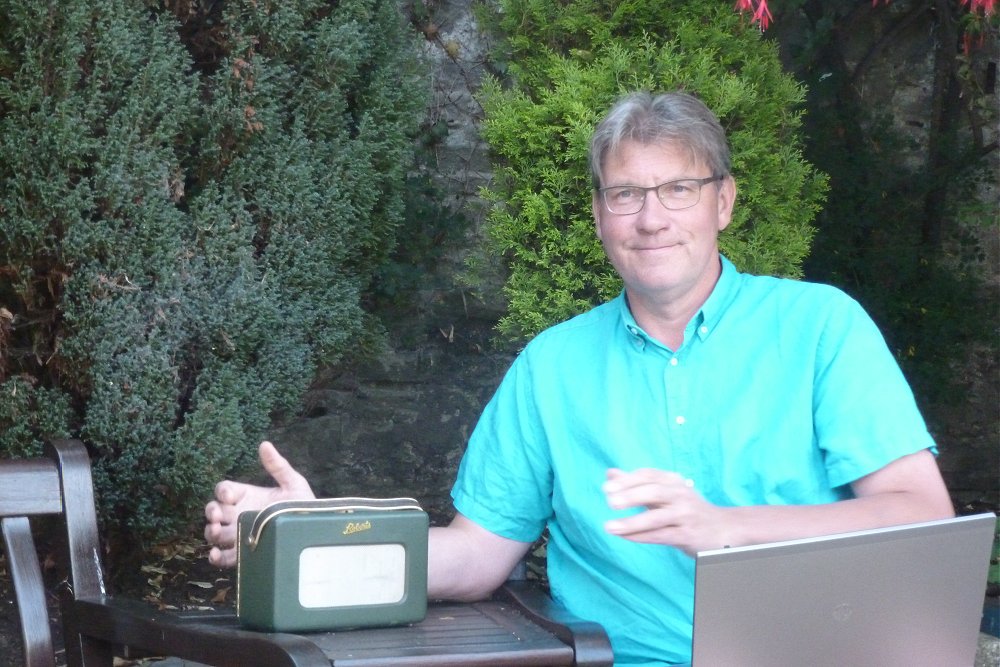
An R200 from Roberts bought in Richmond
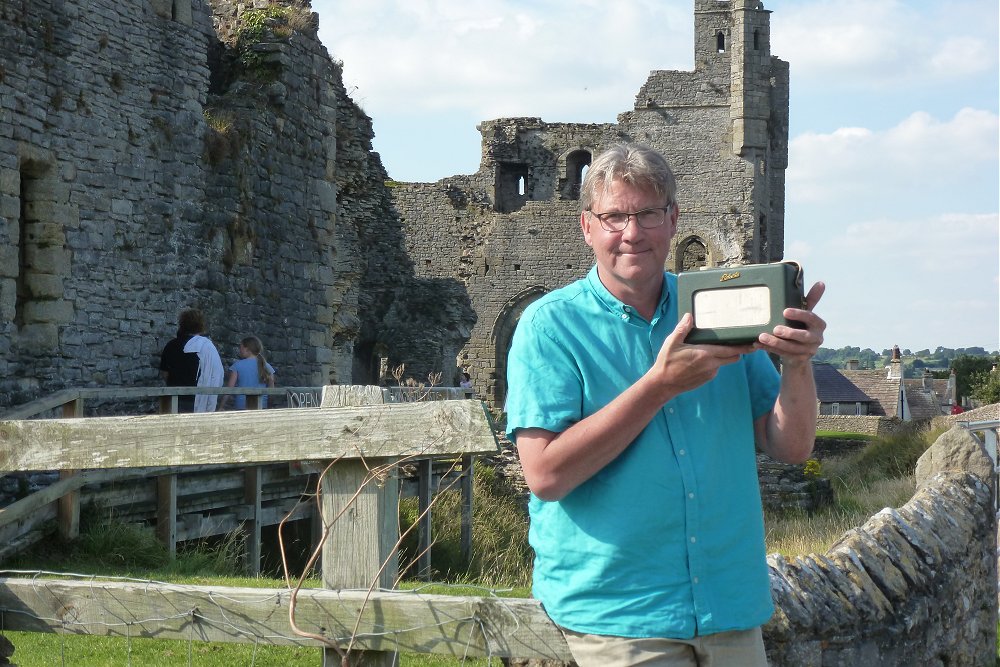
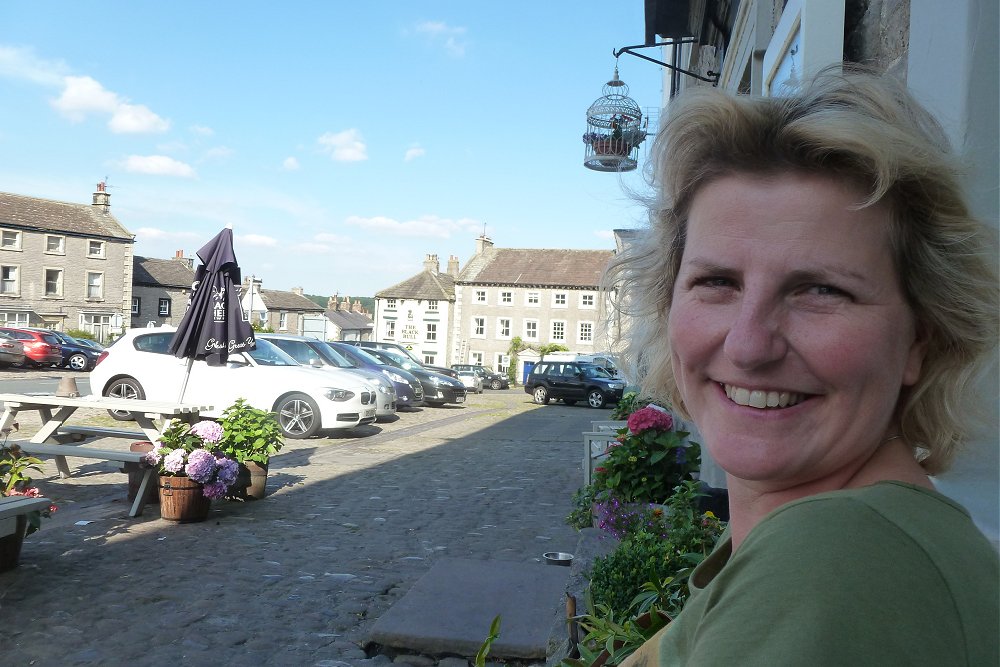
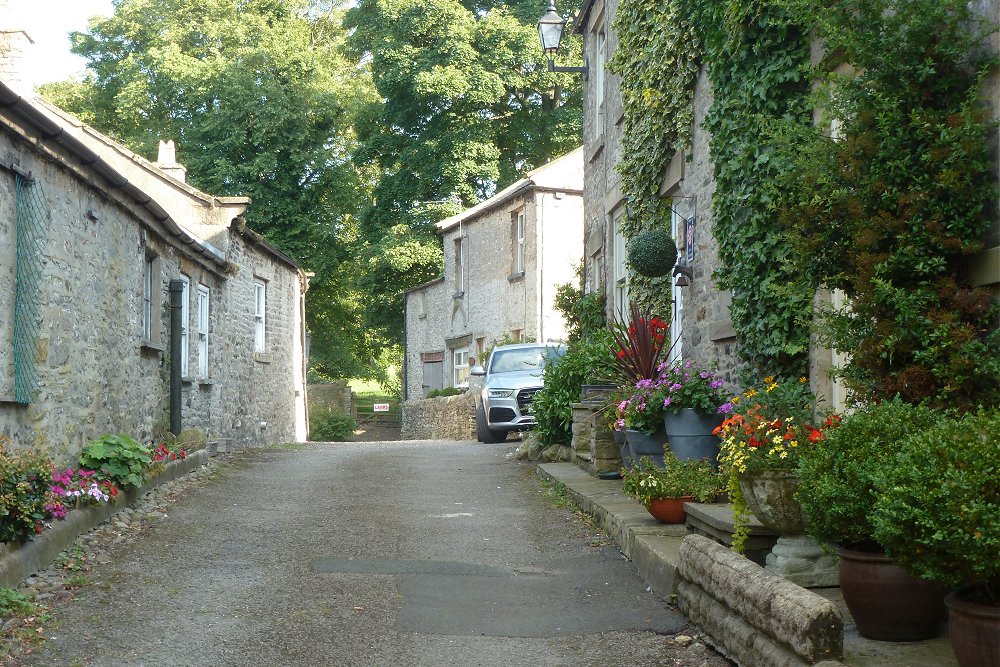
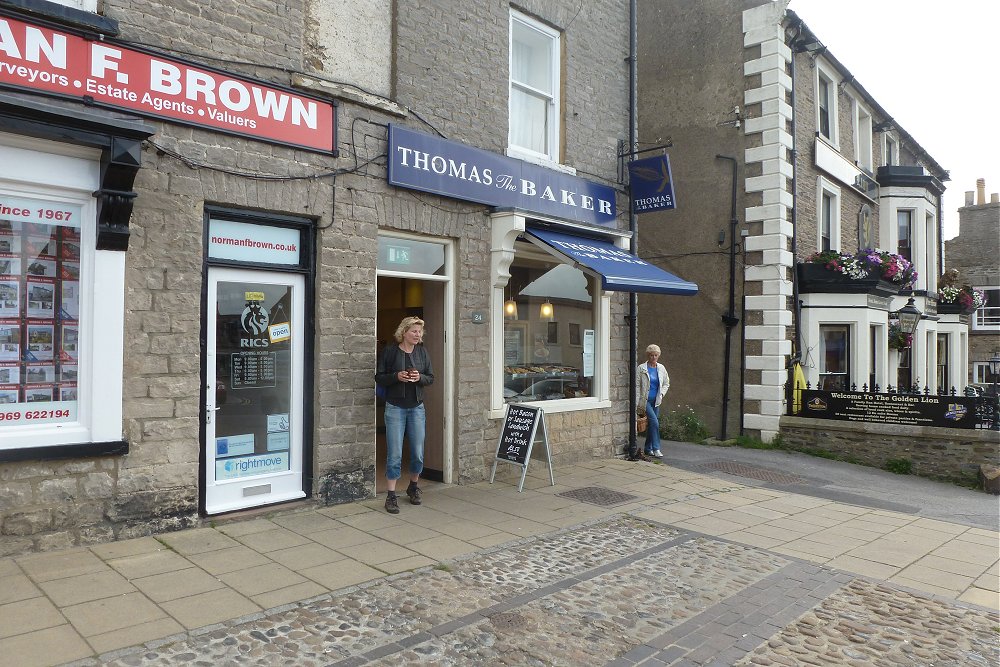
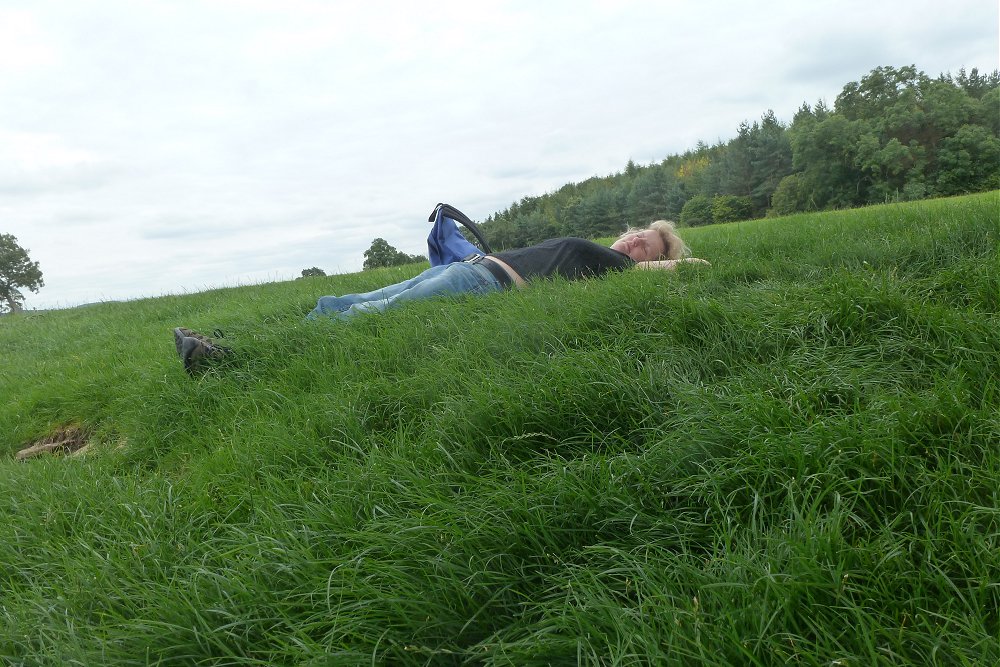
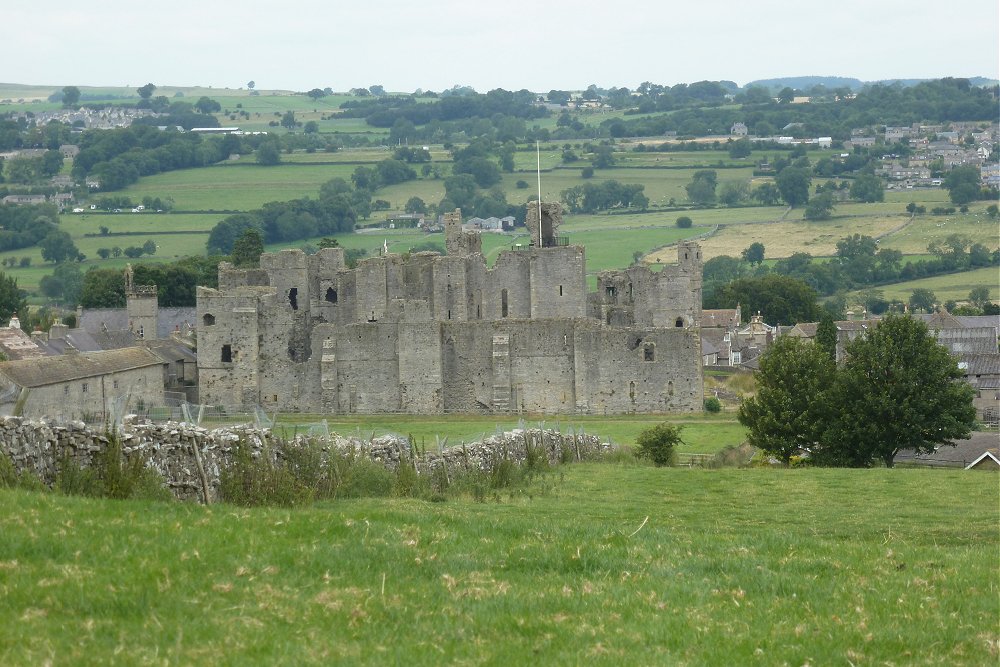
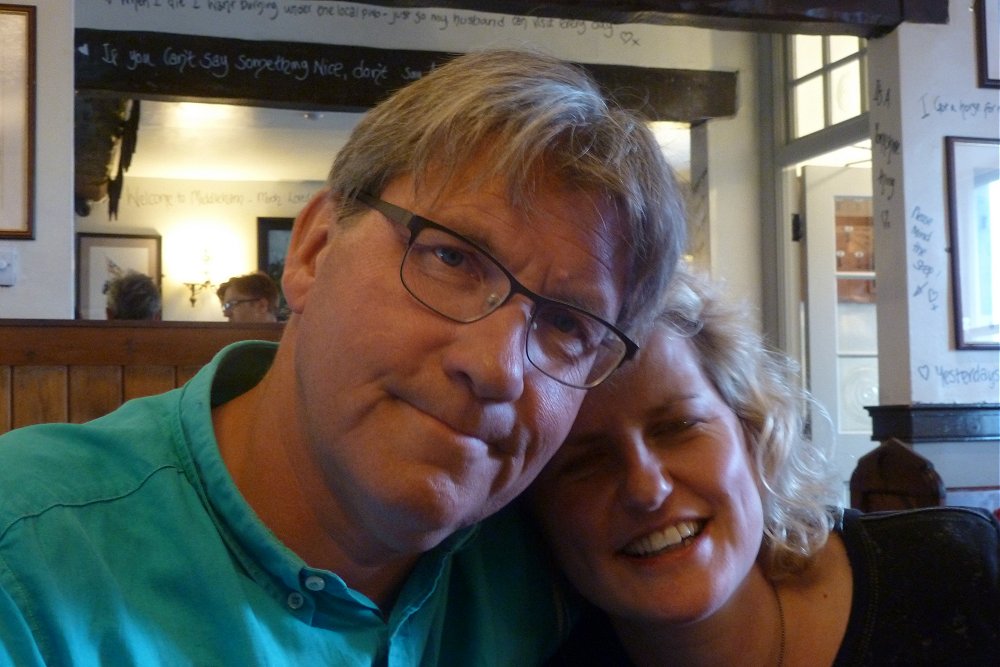

The following beautiful description of Middleham and its history was shamelessly copied from internet. However, this page is not indexed by search engines.
by Hazel Goldman
October 1995
There are many people who drive quickly (or as quickly as they dare!) up the A6108 from Harrogate to Middleham. They make a quick stop at Ripon—through the Cathedral, perhaps hear the Town Crier—dash through Masham—not much to see—just the shaft of some old cross--then arrive in Middleham in time for tea. Someone has told them about the tea room—excellent little cakes. Next, it's off to the Castle—just ruins, but very picturesque. Then on again to do one more village before it gets dark.
These people are NOT Ricardians. A Ricardian approaches Richard and Anne's home quietly, rather reverently, cap in hand. Our heads are filled with thoughts of the nine year old boy riding north in 1461 to learn knightly service under the Earl of Warwick. We also think of the young man being called south at the death of his brother the King. We sorrow for the monarchs who return home from Nottingham to bury their only, much-beloved young son.
What does it look like, this piece of Yorkshire we have all read about and romanticized? For the best possible description of the scenic delights, I will quote Reverend William Atthill, another romantic, writing in 1847:
"…but for him who loves to read from nature's book, and delight in the work of his Creator, all Wensleydale is picturesque and beautiful. There are lofty dells and heath-clad mountains—there are hanging woods and precipitous rocks; rivers winding, like the beauteous Yore (former name for Ure) through the rich and verdant meadows which gird its margin; or, as the Cover, foaming and tearing its way over rocks and stones, far, far beneath the feet of him who stands on the summit of its precipitous and wood-bound banks…"
This is a highly romantic description of Wensleydale which the course of "wonderful progress" in the last 150 years has marred somewhat. However, the history of the place remains the same because history does not change, unless a terrific effort is made to arouse awareness of lies which have been told in the past….but I digress!
To start with the earliest history of the area, pre-history, we find barrows and cairns, stones and hut clusters scattered over the moors to testify to human habitation. Near Boroughbridge are enormous standing stones called the Devil's Arms. There are many ancient trackways which were known as "green roads" in the fifteenth century.
The first written history begins with the arrival of the Romans in Yorkshire in 71 A.D., into the territory of the Brigantes, the largest tribe in Britain. Professor Ian Redmond, writing in Roman Britain states: "This area, large enough to maintain powerful war-lords, must always have owed its cohesion to mutual advantage and to local balances rather than to inflexible domination from a single centre." Suffice to say these Brigantians, the ancestors of the people of Middleham and the surrounding area did not bow down meekly to Roman suppression.
York was occupied by the IXth Legion, who in 62 A.D. had fought Boadica and the Iceni south of Lincoln. They called the place Eboracum. From here the Romans spread northwards. In an attempt to conquer, they built roads and forts. (The A167 and A59 are two of these roads, and the modern Great North Road has Roman foundations.) They established forts in many locations, the remains of which are scattered over the area from Stamford Bridge near York to Ilkley (famous for its song) southwest of Harrogate.
It was in Roman times that Middleham became a village. The Romans built a branch road from the Great North Road, perhaps following an ancient trackway through Middleham, up the valley to Bainbridge. At Middleham they built a station to guard the river passage. Boats would be stopped here while passports of travellers were checked. Only people of the area were allowed to proceed northward to the Wall. Excavations have revealed the remains of a large building on the river's edge. This station might have given Middleham its name. The Roman "Maiden Castles" are always midway between two camps. Middleham lay between the Roman posts at the Wall and Bainbridge.
Leonard Cottrell, in his book Roman Britain says, "that although few physical remains of the Romans remain on the high and windy moors, one will feel closer to the spirit of the Romans here than elsewhere."
In case you're thinking "Get on with it, Hazel, let's hear about fifteenth century Wensleydale!", I promise I will—as soon as I have set the scene—built the foundation, one might say. To understand the people of the North one must look at the earlier people whose spirit has contributed to that ineffable quality that is Wensleydale.
In Kipling's Puck of Pook's Hill, the words spoken by a Roman officer who has marched north to do duty on Hadrian's Wall in the closing days of the Roman rule in Britain seem to sum it up:
"Of course the further north you go, the emptier are the roads. At last you fetch clear of the forests and climb up hills where wolves howl in the ruins of our cities that have been…no news at the temples and way stations except bad news of wild beasts…The houses change from gardened villas to shut forts of grey stone, and great stone-walled sheepfolds guarded by armed Britons…the wind sings in your helmet plume, past altars to legions, generals forgotten, and broken statues of gods and heroes. Red hot in the summer, freezing in the winter, is that big purple heather country of broken stone."
As the Legions marched out of Eboracum and the North, the Angles and Saxons from Denmark and northern Germany moved in with their gods. However, over the centuries, Northumbria and Wensleydale became Christianized. Edwin, the Anglo-Saxon king of Northumbria was baptized at York in 627. Northumbria became a place of power and culture. Abbeys were built at Jervaulx (then called Jarrow) and Lindisfarne, known as Holy Island. The Venerable Bede told of the golden age of Christianity and learning in his writings.
The Vikings attacked Lindisfarne in 793. By 865, no longer content with raiding, they waged an extended campaign to base an army in Britain. York was known as Jorvik at this time. The Coppergate site in York, where the remains of a Viking settlement were uncovered, gives the traveller an idea of life at that time. Because York was a literate, cultured city one likes to think that surely the Vikings must have been influenced towards culture—after all, isn't the pen mightier than the sword? The monks, recording current events, mention only their horror at the cruel ways and bloodthirsty violence of the Vikings.
Finally, in 1068 William the Conqueror ("Old Bill the Buster", a Norman-hating friend of mine calls him) arrived in the north. He proved a suitable match for the Briton-Roman-Angle-Saxon-Vikings living in the area. "Bill the Buster" ravaged manors and farms throughout Wensleydale. The obvious way to subdue these fierce people was to build fortified castles. In 1069 the Conqueror gave Middleham to a relative named Alan the Red, who in turn gave it to his brother Ribald. The manor was then fortified. Many generations later, when Robert Fitz Randolph inherited the property, the first castle was built, around 1170.
In 1270 the castle passed to the Neville family through marriage. In the early 1400s, Ralph Neville transformed the castle into a comfortable residence with new chambers and lodgings built within the courtyard against the outer walls. The castle remained in the family until 1471 when Richard Neville, Earl of Warwick was killed at the battle of Barnet.
At this time, Edward IV gave his youngest brother, (our) Richard, Warwick's estates north of the Trent, which of course included Middleham castle. In the course of the 15th century, the castle had served as a residence for three of the greatest lords of the time; Salisbury, his son Warwick , and the Duke of Gloucester.
As we know, Richard had spent three or four years at Middleham as a boy—it was here he met Francis Lovell, and Warwick's daughter Anne, both of whom loved and remained loyal to him all their lives. He married Anne in 1472 and Middleham became their main residence; their son Edward was born here in 1474 and died here ten years later.
It was during this period changes took place in the area. Richard founded a college of priests at Middleham in 1478. To obtain information on this and other aspects of Middleham, I dipped into Rev. William Atthill's book written in 1847 under the lengthy title: Documents Relating to the Foundations and Antiquities of the Collegiate Church of Middleham. He tells us that evidence from taxation records reports a church there in 1291. In 1478, Edward IV granted a license to John Cartmel to found a chantry of Our Lady in the church of Middleham Hospital with a chapel of Jesus. The hospital was at the east end of the town. Leyland says there was a leper hospital here. In 1847 this area was called "Chapel Fields", but no sign of the hospital remained. Chapel Fields is now given over to a large boarding stable with the same name. Sleek race horses now graze where once the lepers suffered and died.
The church of St. Mary and St. Akelda is chiefly of 14th and 15th century architecture. The only portion definitely Norman is a fragment of zig-zag moulding which was once around a door or window and is now inserted high up in the exterior of the north aisle. St. Akelda was a Christian Saxon princess strangled by two Danish women around 800 AD because she refused to mate with a heathen Dane. The Saxon stone which marks her grave was probably part of her tombstone.
Unfortunately, the church was completely restored in 1878; nothing is more destructive than the tidying up and tearing apart done by the late Victorians! H. Speight, a historian who remembered the church before alterations, mentions unexpected finds such as a stone fireplace, partly composed of slabs from ancient tombstones—on one is an elaborate cross, sword and sculptured wand; another has a cross and key. Obviously earlier alterations had been made in the church using bits and pieces of stone from various places, the most likely being the castle.
Just west of the church was St. Akelda's well. The water was supposed to be beneficial to weak eyes, and would be used on Holy Days. Exactly what a Saxon princess had to do with making eyes stronger, I have no idea—but I musn't question the wisdom of our forebears. The ancient cross still stands in the marketplace, at which men and women, guilty of crimes small and large, were tied to iron rings, stripped and whipped for their crimes.
Near the castle there is a double flight of steps at the side of which there is a recumbent animal, which Rev. Atthill says is either a bear (Warwick's badge was the bear and ragged staff) or a boar. It should be noted here that the XXth Roman Legion had a boar for their emblem. The area here was the swine market, and is still so called—another reason to have a boar near the steps. In the 15th century there were many boars in the area which would explain Middleham's fame for raising and marketing swine.
The Middleham of Richard's day was a busy town. In 1388 it had a charter from the king granting a weekly Monday market and a fair each year on the feast of St. Akelda the Virgin. Rev. Atthill commented that this fair was still being held on 5-7 November, when it was considered the largest cattle fair in the North. Unfortunately both the market and fair have moved five miles north to Leyburn which has become the busy market town Middleham must have been in the 19th century.
After the battle of Bosworth, the castle and its estates were seized by Henry Tudor. It was three years before the usurper dared to come to Richard's home, but Middleham remained in royal hands until 1604. In 1537 orders were given to repair the castle to receive Henry VIII, but the monarch never arrived. The castle continued to be used as offices where the business of running the estates took place.
In 1604 the castle was granted by James I to Sir Harry Linley, and was used to house prisoners during the Civil War. One travel folder I read stated that Cromwell shelled the castle, creating some of the destruction, but since no historians have mentioned this, I suspect it might have been written in an enthusiasm for drama, and to account for some of the ruins.
In 1662 the castle was sold to Edward Wood, and remained in his family until 1889. By this time it was in a ruined state. In the early 1900s, the property was bought by Samuel Cunliffe-Lister (later Lord Masham). Part of the castle was repaired, but if it was then occupied or not, I don't know. In 1925 it was placed in the guardianship of the Office of Works and extensively repaired. Since 1984 it has been in the care of English Heritage.
What of the surrounding area? What is there to interest a Ricardian, besides the thrill of being in Richard's north? Approximately thirty miles to the east are the ruins of Rievaulx Abbey, founded in 1131. For centuries, the monks here bred and raced some of the finest horses in all England. Richard likely got White Surrey from Rievaulx.
Horse races took place in the meadows around Middleham for centuries. A letter dated 1537, written to the king or perhaps his secretary, reads in part: "The King's Highness is at great charge with his studs of mares at Thornborough and other places, which are fine grounds; and I think that at Jervaulx the King's Highness by good overseers should have there the most best pasture that should be in England, for assuredly the breed of Jervaulx for centuries has been the best." Now the fields above the castle are still used as training grounds for some of the best race horses in England. Very early in the morning, the sound of hooves can be heard crossing Market Square as long strings of horses and riders from Warwick Stables head up the hill for their daily run. Early in April all the stables in the village hold an open house and thousands of people crowd in to admire their favourites and chat with the trainers. This must be the modern equivalent of the Annual Fair of the past!
On the banks of the Swale river, approximately fifteen miles north of Middleham are the remains of Richmond Castle. Begun in 1071, after passing through many hands, it became Richard's when he exchanged lands in the south for Richmond, Helmsley and Scarborough. The castle was never under siege, but its position on the edge of the river contributed to its decay; a portion of the curtain wall fell into the river, weakening the other walls.
A short distance north-west from Richmond is the town of Barnard Castle. The ruins of the castle are nearby; another site Richard acquired after Barnet. He made many improvements here, and above the oriel window one can see his boar carved into the stone. North-east of Barnard at the town of Staindrop is Raby Castle. Richard's parents lived here when they were young, and there is a Victorian portrait of Cecily Neville in the Hall. Ripon Cathedral which is south of Middleham, has a portrait of Richard, and there are many accounts of his having given money to the Collegiate Church.
Abbeys and priories are scattered throughout Wensleydale and the moors. They all grew and prospered in Richard's time. Fountains Abbey, just east of Ripon, has a long and interesting history. In 1132 thirteen monks left the Benedictine Abbey of St. Mary at York and came to Ripon where they were given land in the Skell Valley. They became part of the Cistercian Order, a reformed, austere offshoot of the Order of St. Benedict which placed great importance on the vow of poverty. The Abbey, though very large, remained austere in habit and appearance. The Cistercians were the first monks to participate in farming and to a large measure were the founders of the wool industry in England. Since they wore gowns of unbleached wool they became known as the white monks.
The ruins at Fountains are the largest and in some ways the most complete in England. Upon entering the inner gateway today we see virtually the same building that Richard would have seen on his frequent visits to the Abbey. Although the interior has fallen away, the simple outer walls are in very good shape.
It is sheer delight to sit on a hillside outside the village of Middleham and stretch the mind back to a time when this village, now a quiet place supporting a population of only a thousand people, was such a hive of activity and colour, and of course importance, that it was called the Windsor of the North.
Listen…the drawbridge at the castle has just dropped open with such a clatter that it has startled those white horses grazing in the meadow. Look at the men galloping towards us in their velvet caps and flying cloaks—they are laughing and shouting goodbyes to each other. Some are preparing to go north to hunt wild boar, others are off for a canter to Rievaulx to examine a mare. Will they pause for a moment to think that their horses are clattering down what was once an old Roman road, and before that, what was it?…and even before that?
Track way and Camp and city lost
Salt marsh where now is corn
Old wars, old Peace, old Arts that cease,
And so was England born.
(Rudyard Kipling, Puck of Pook's Hill)
Rev. William Atthill, History of Wensleydale
Ian Redmond, Roman Britain
Leonard Cottrell, Roman Britain
Rudyard Kipling, Puck of Pooks's Hill
Paul Murray Kendall, Warwick the Kingmaker
Paul Murray Kendall, Richard the Third